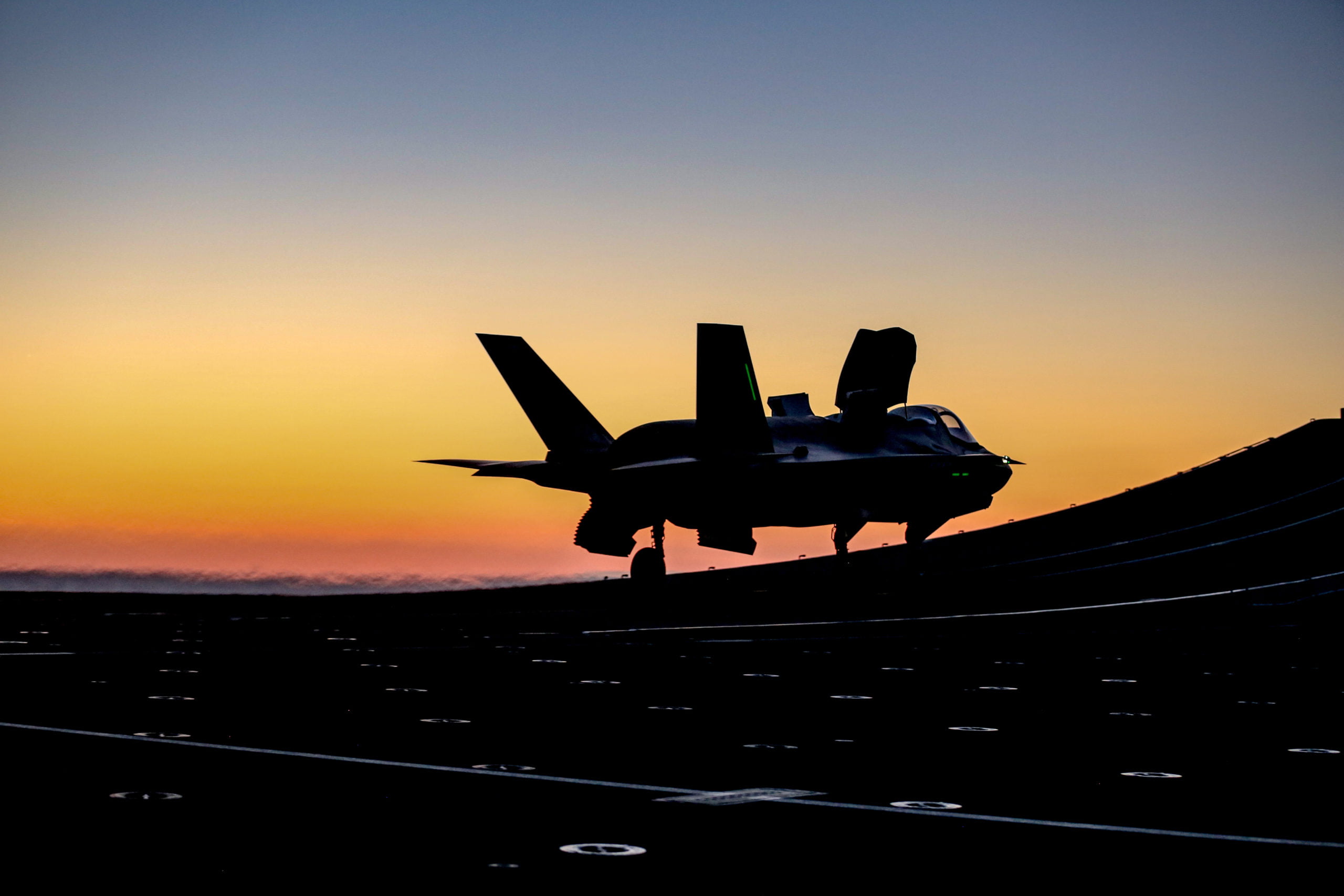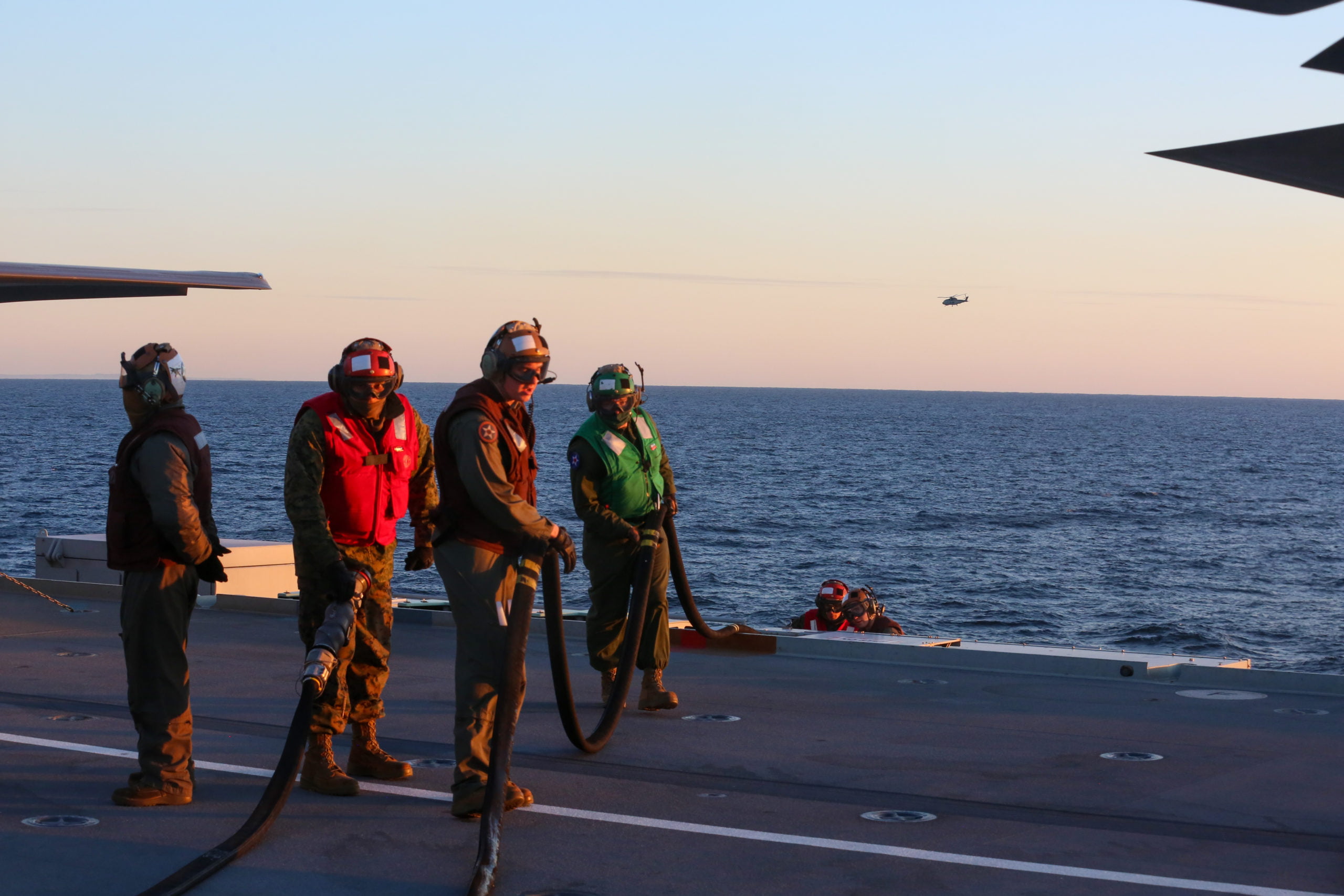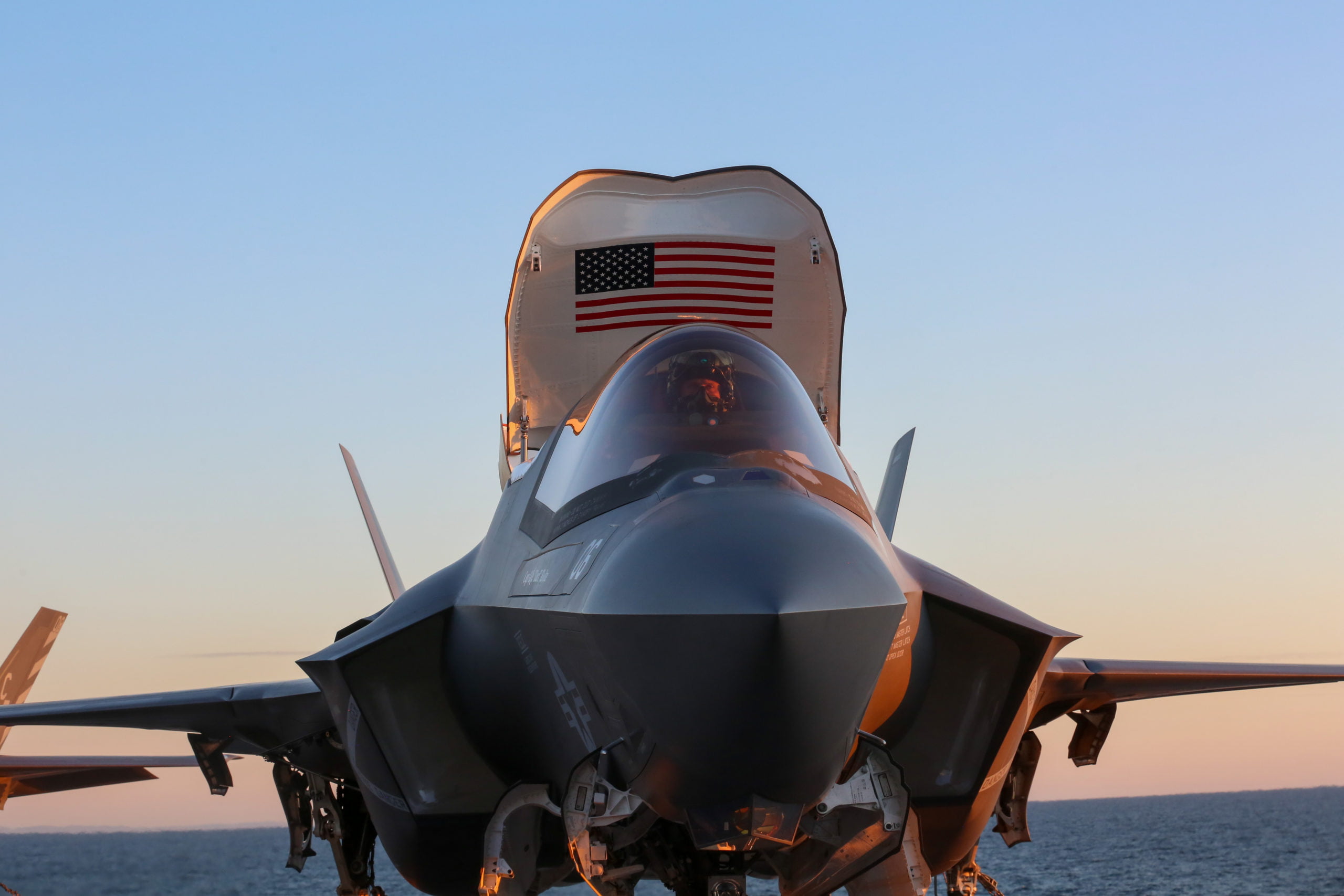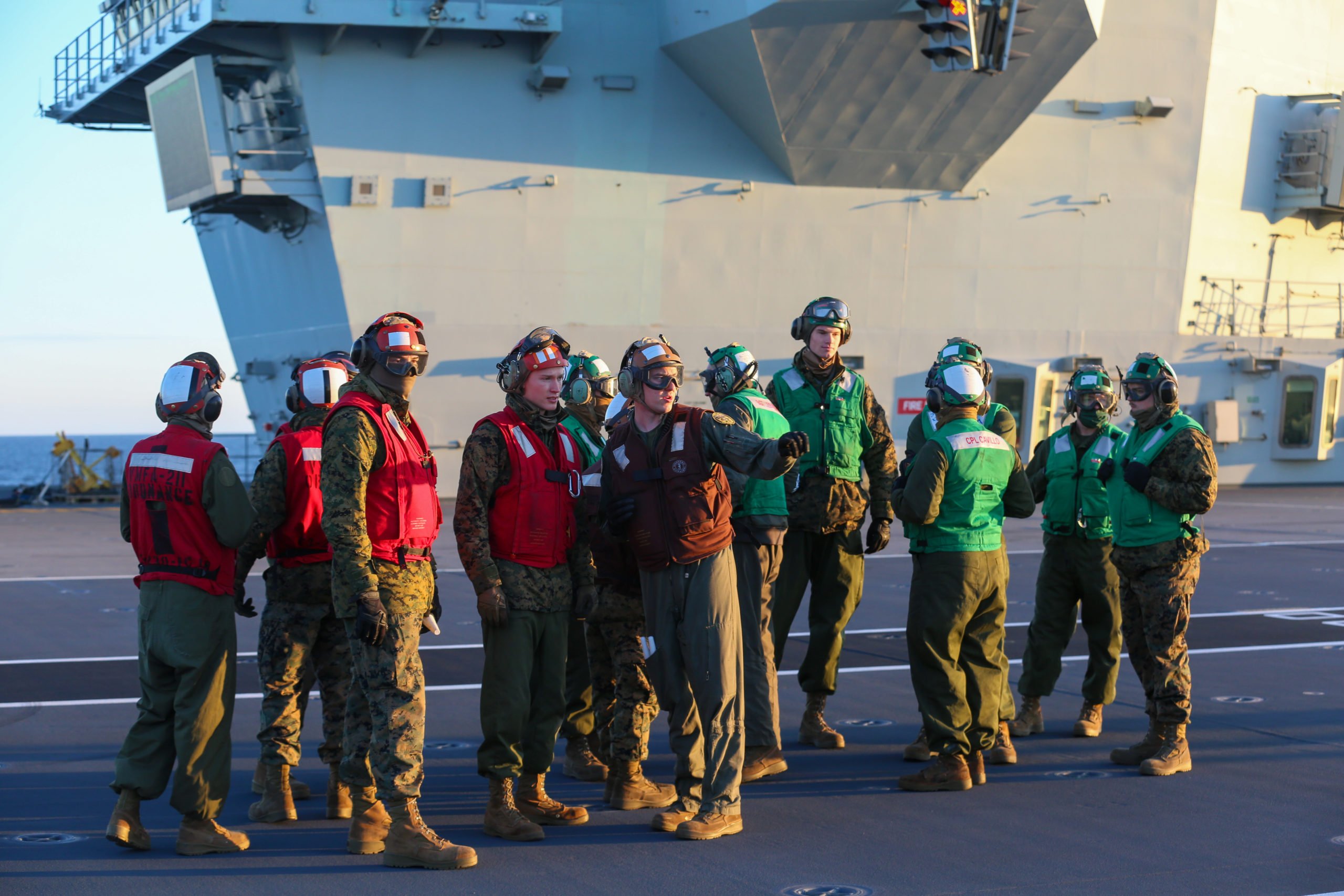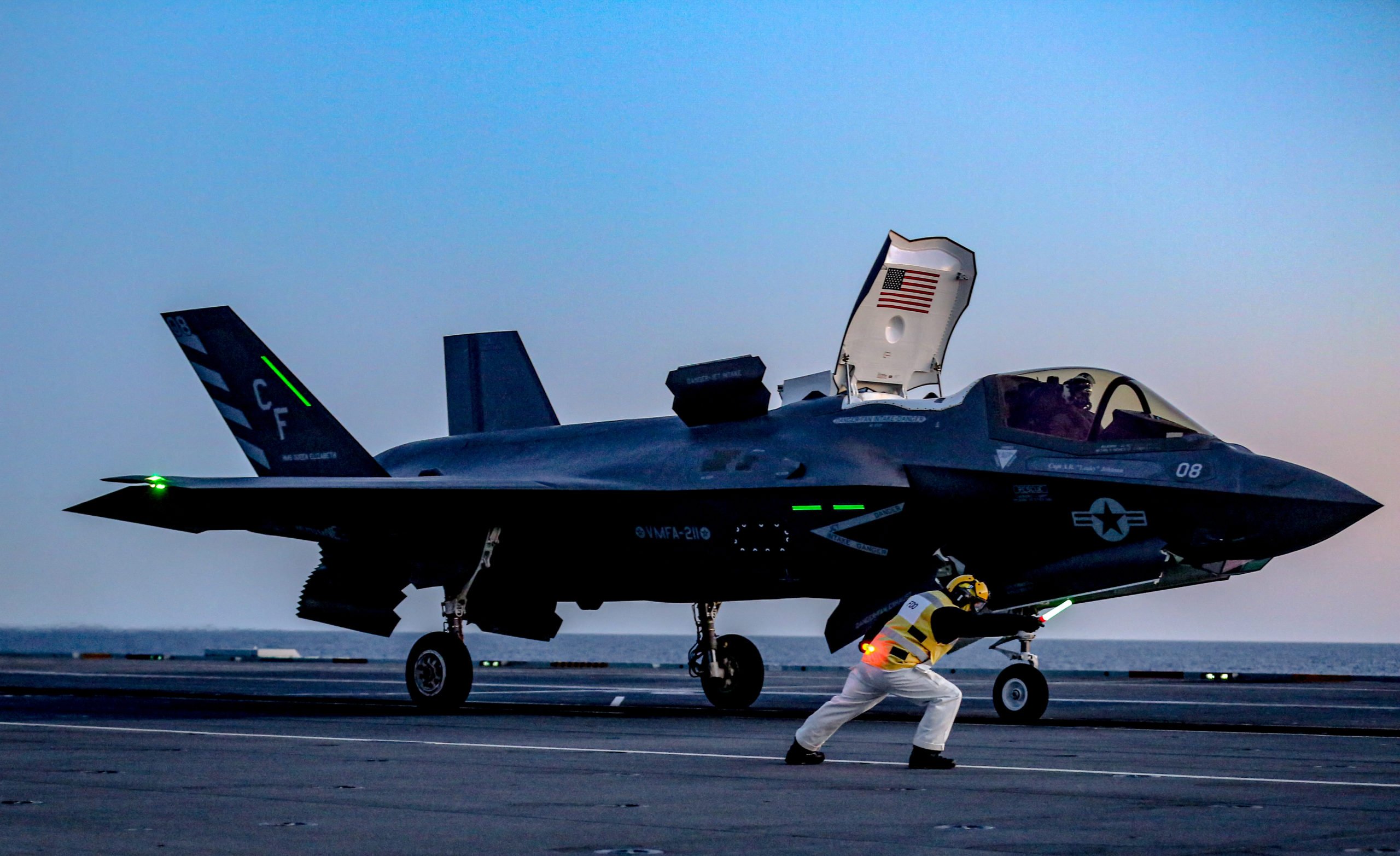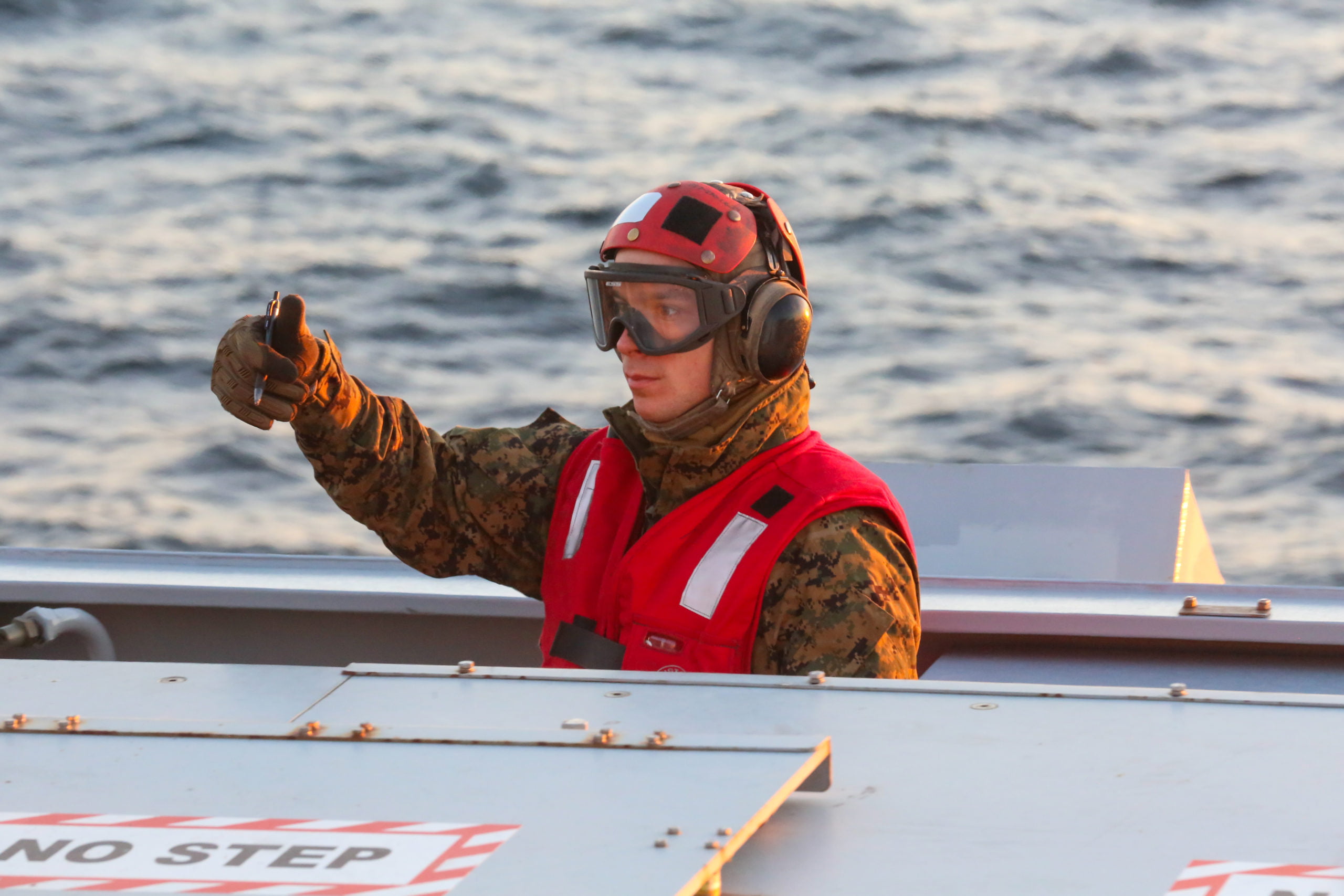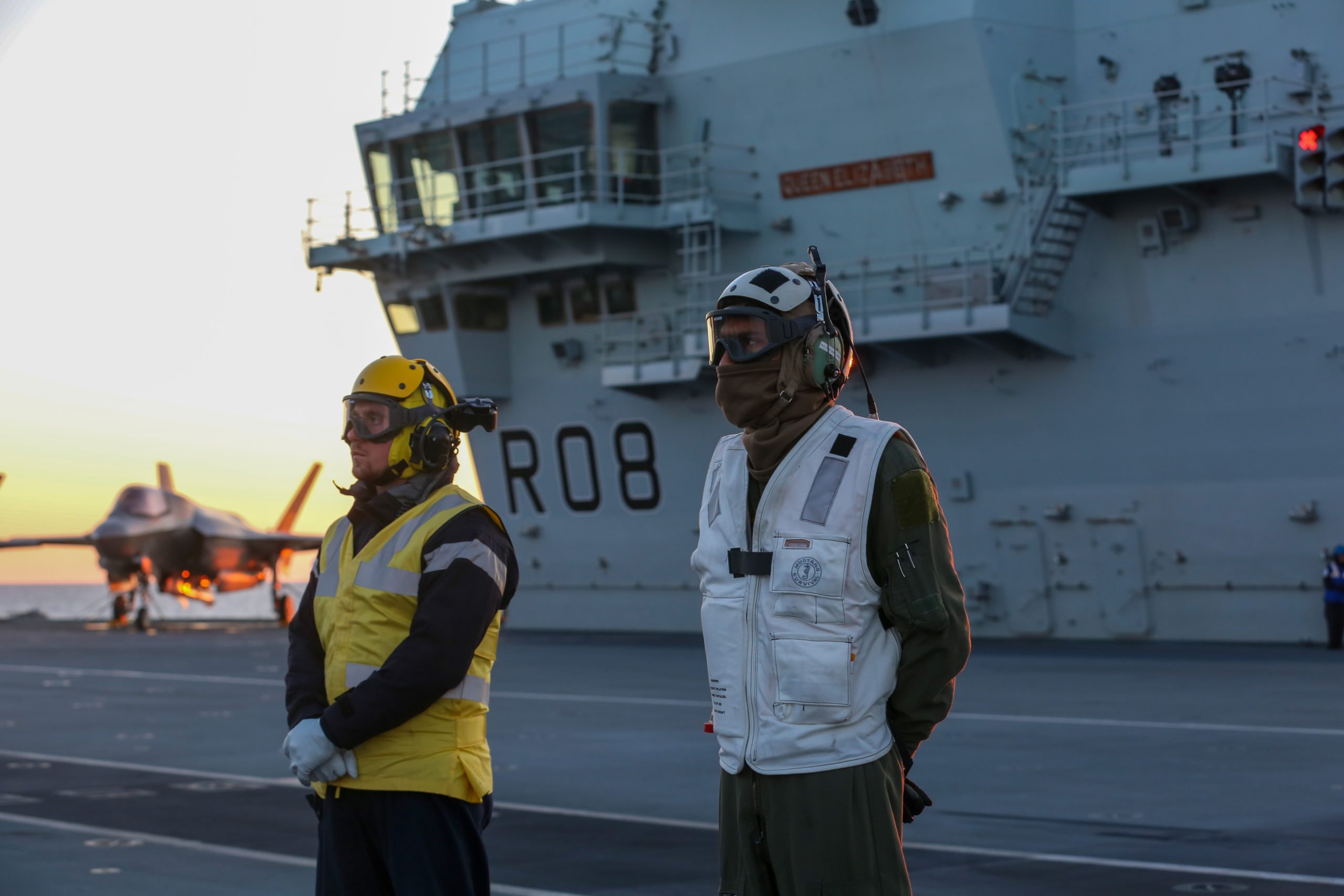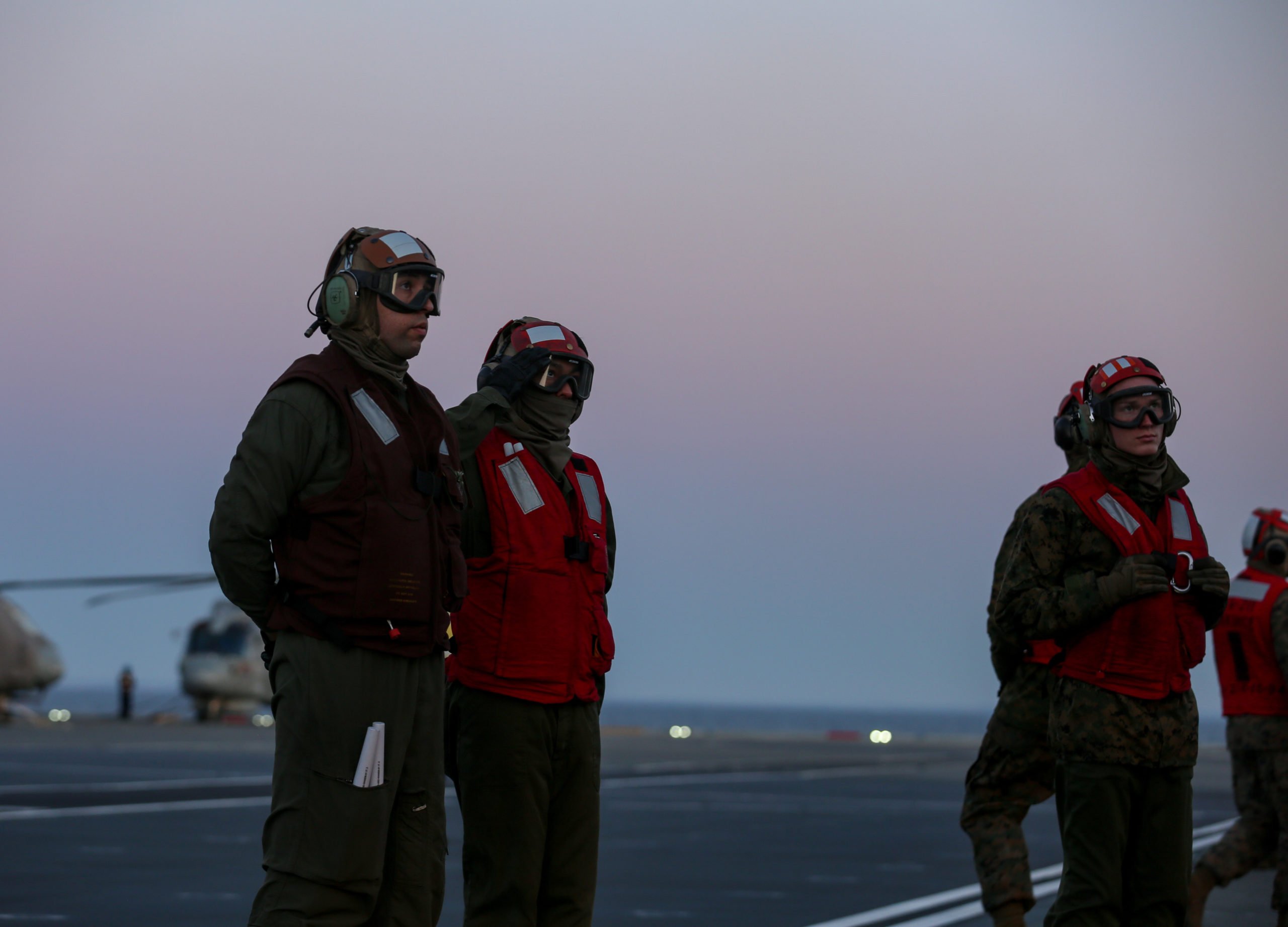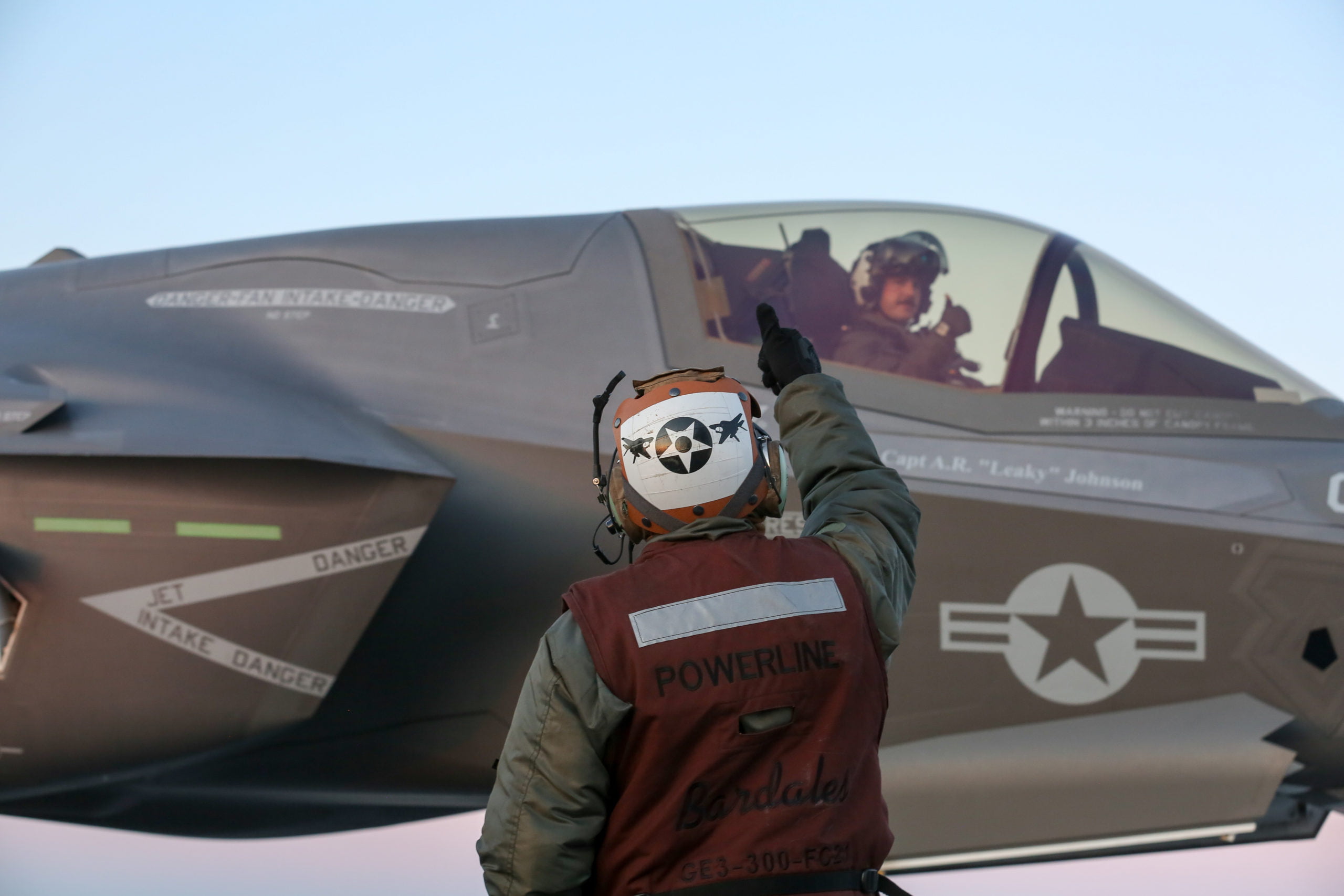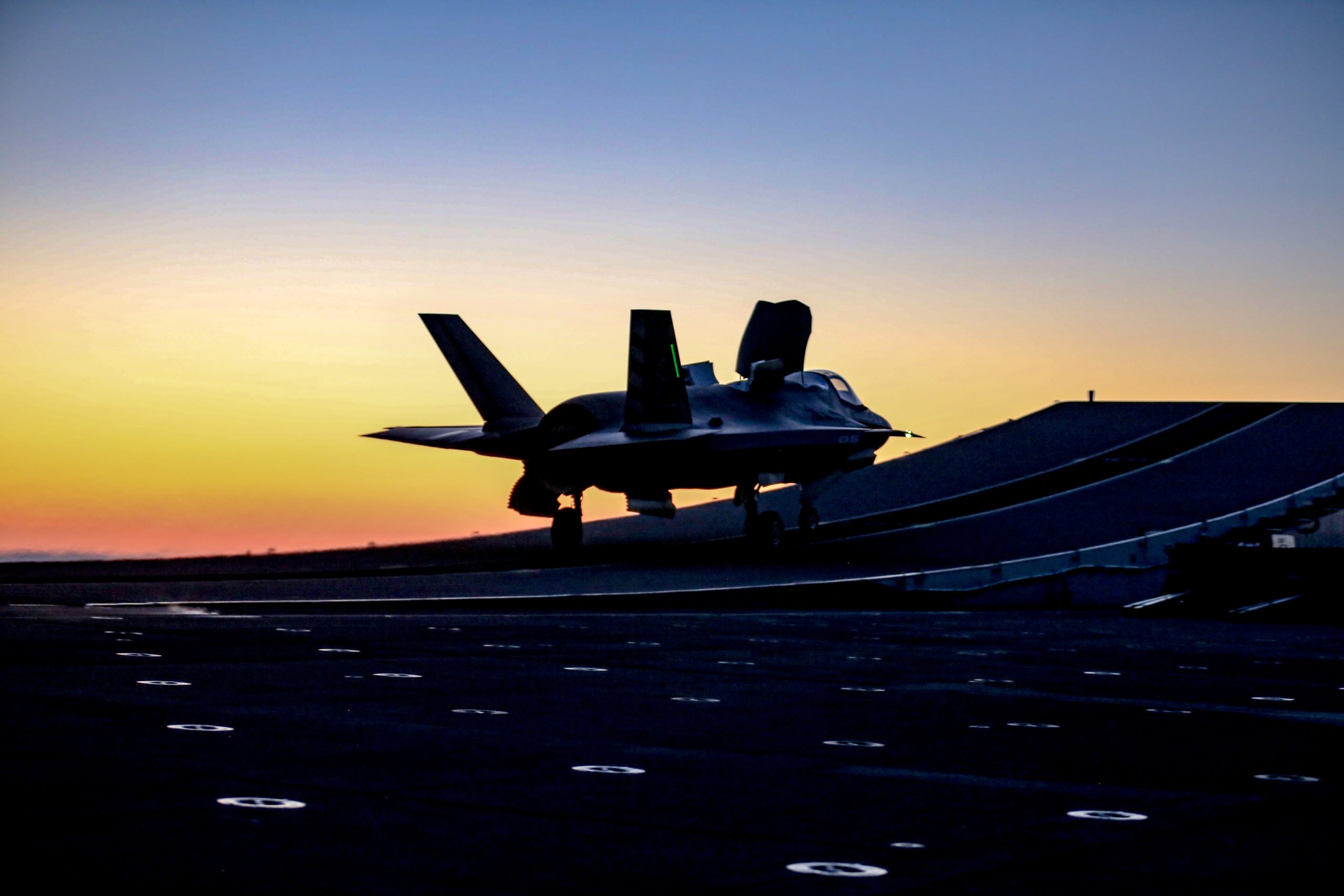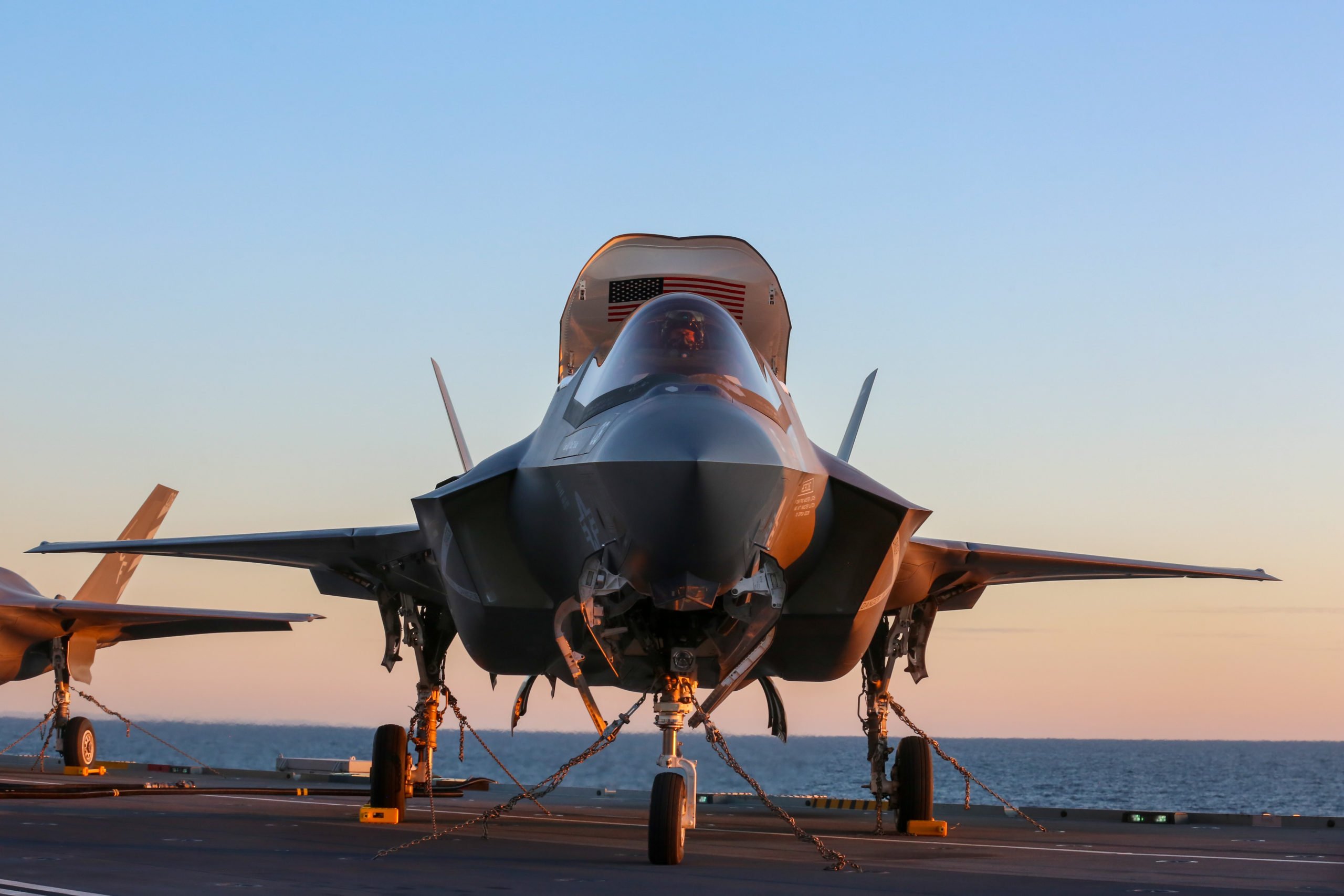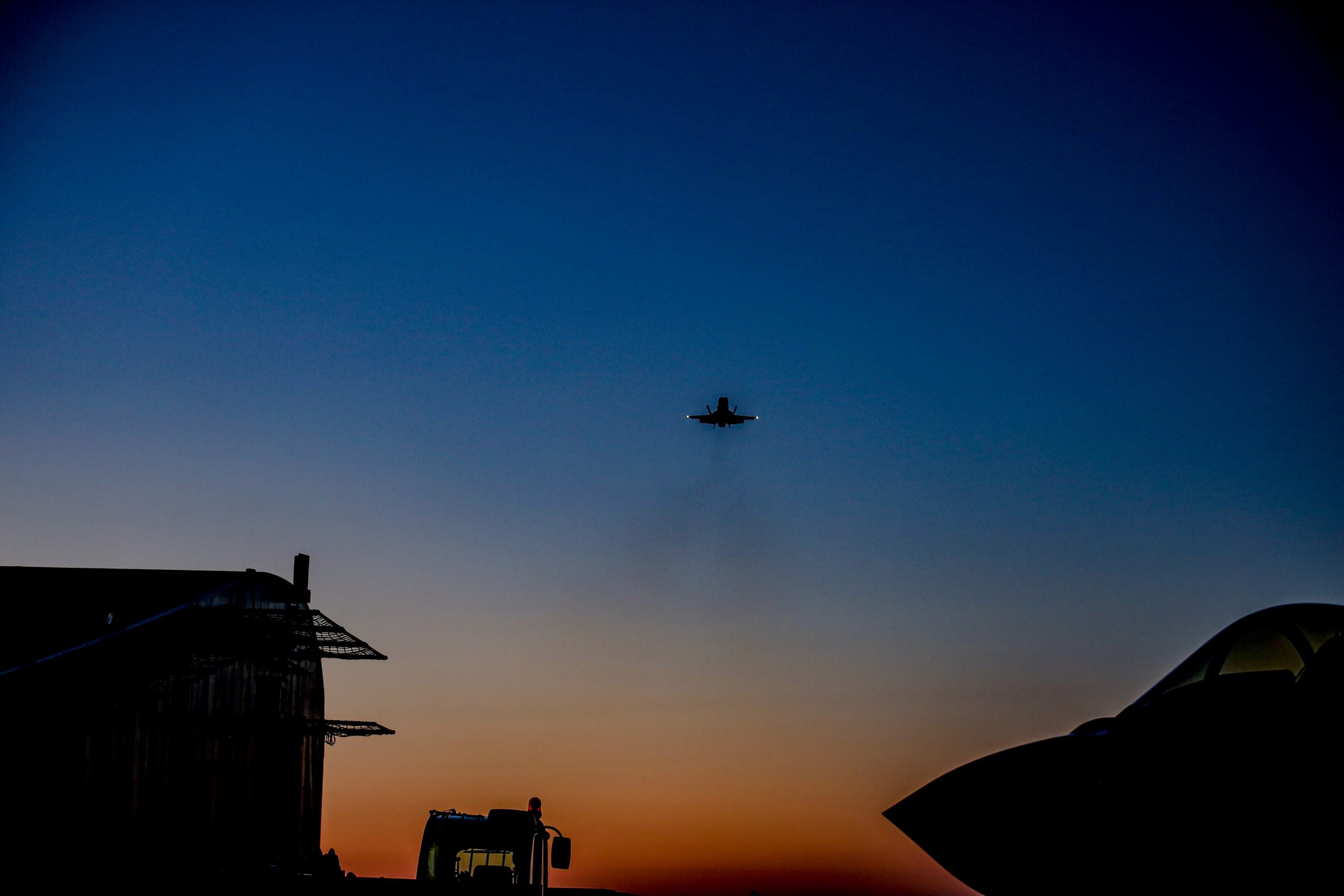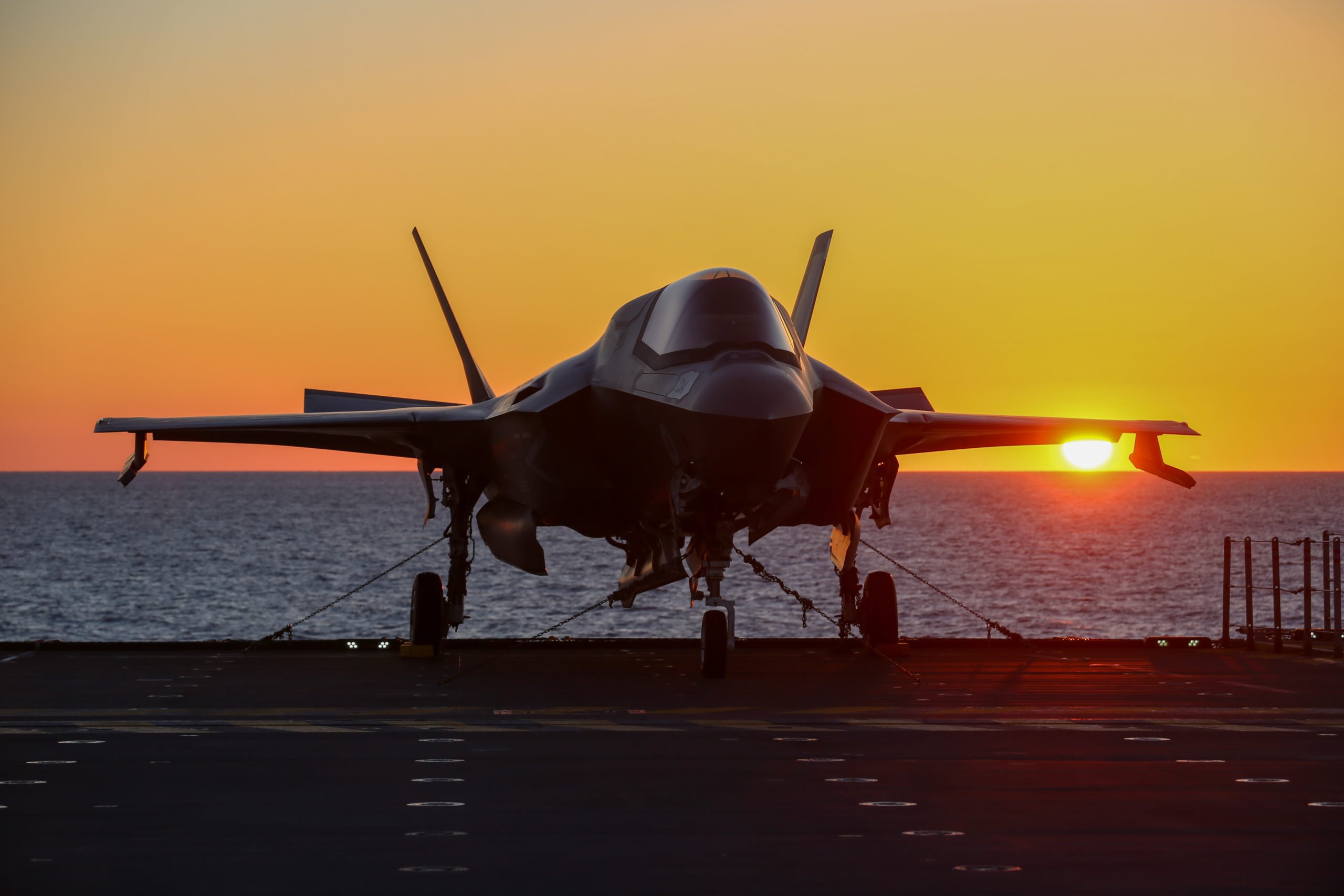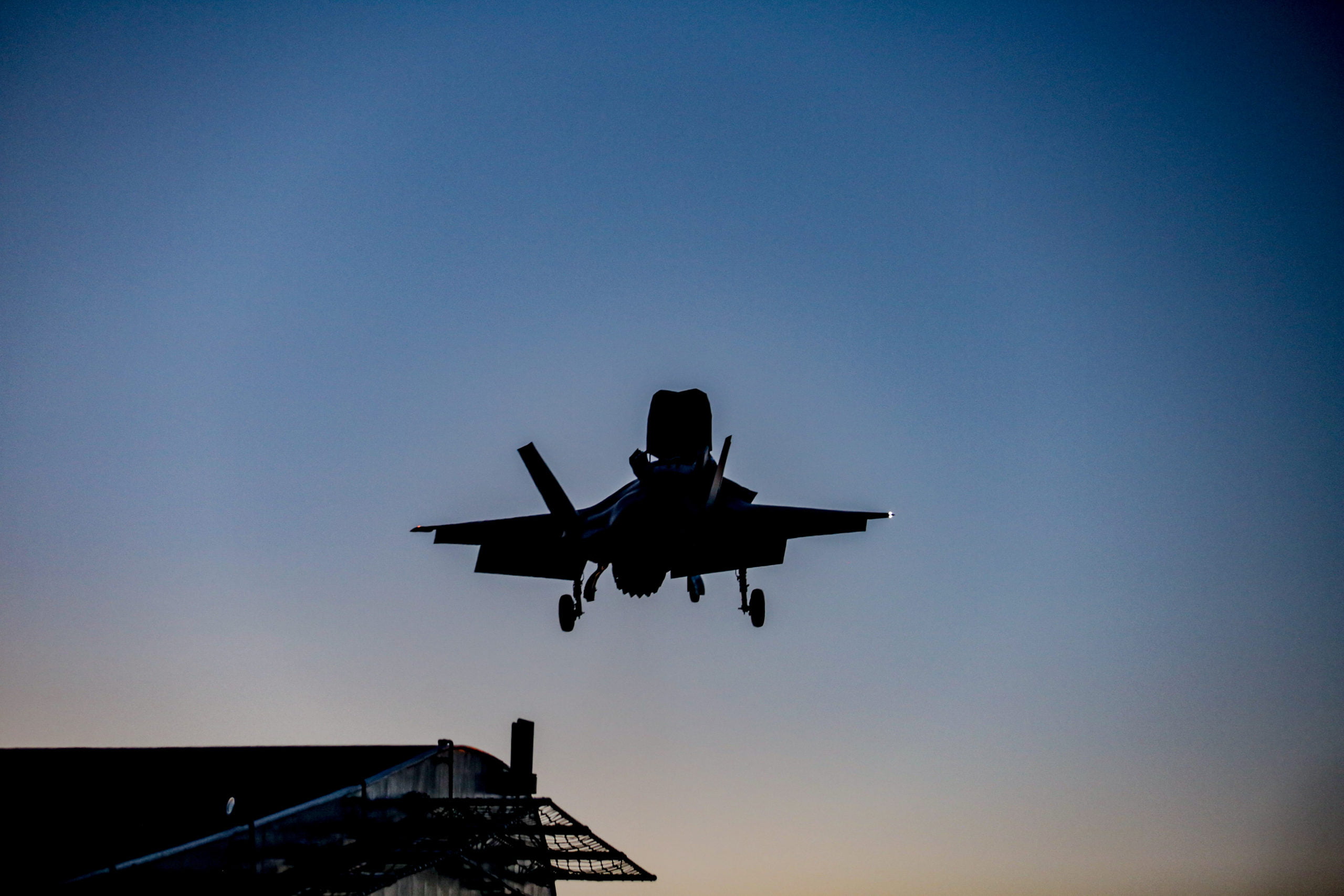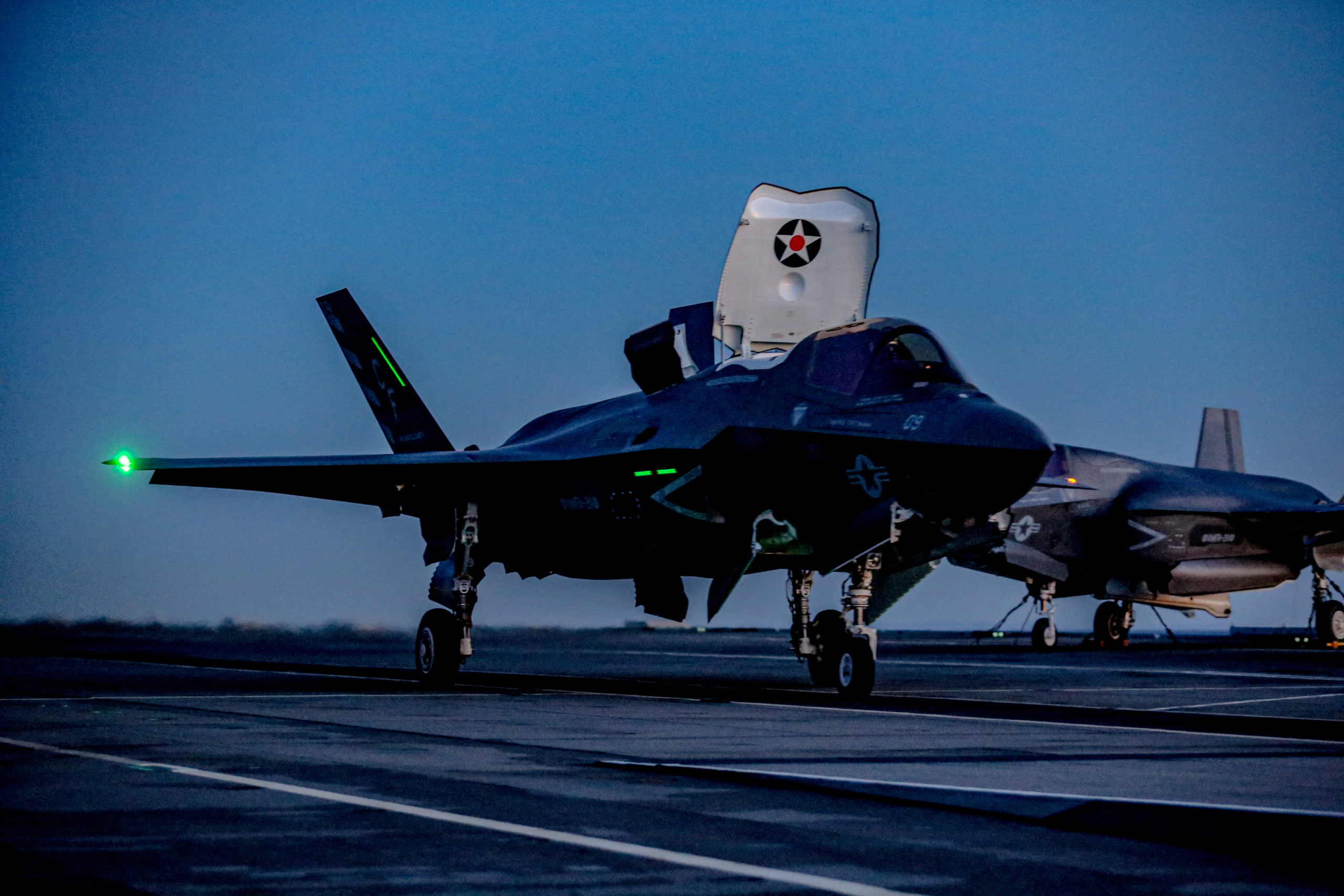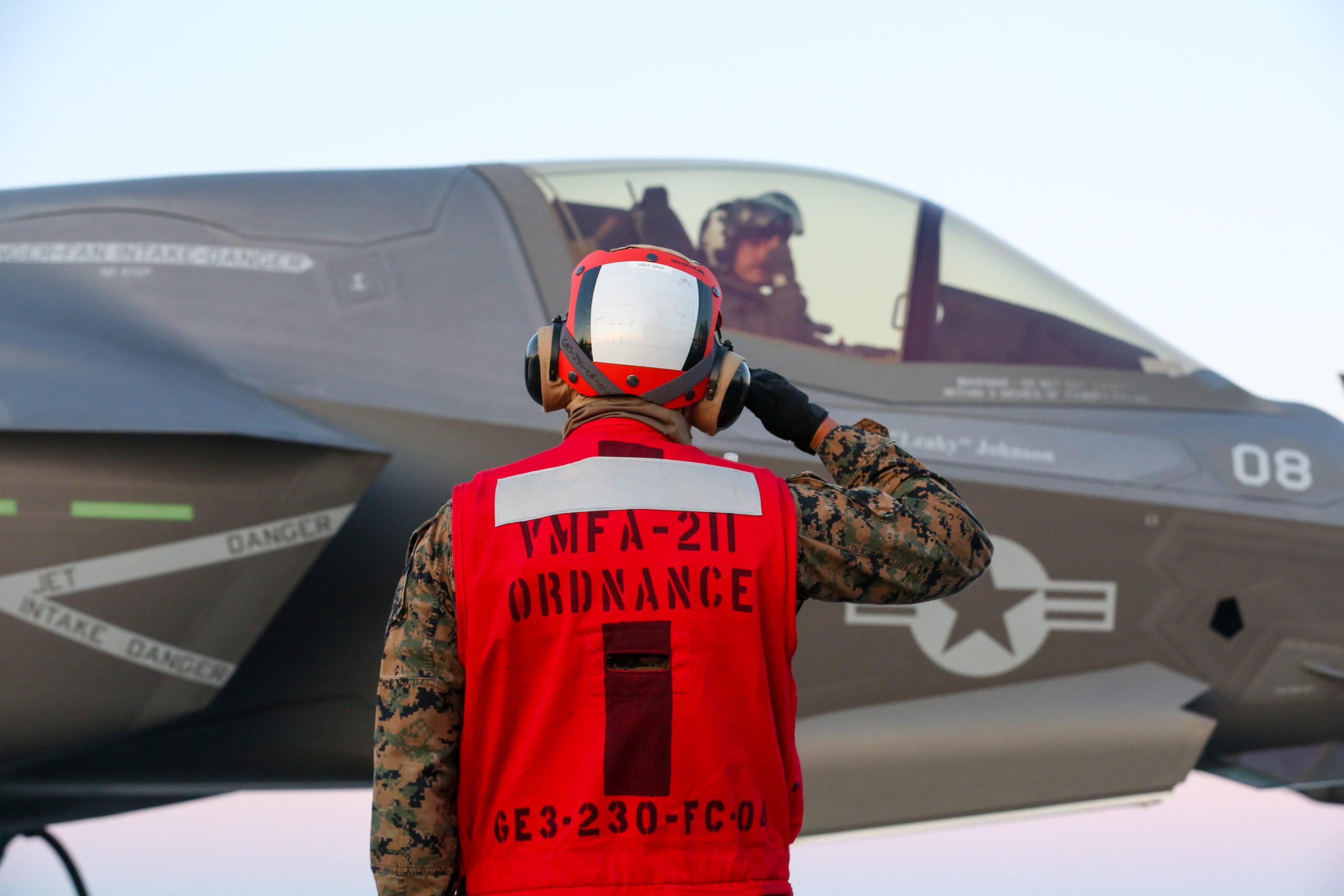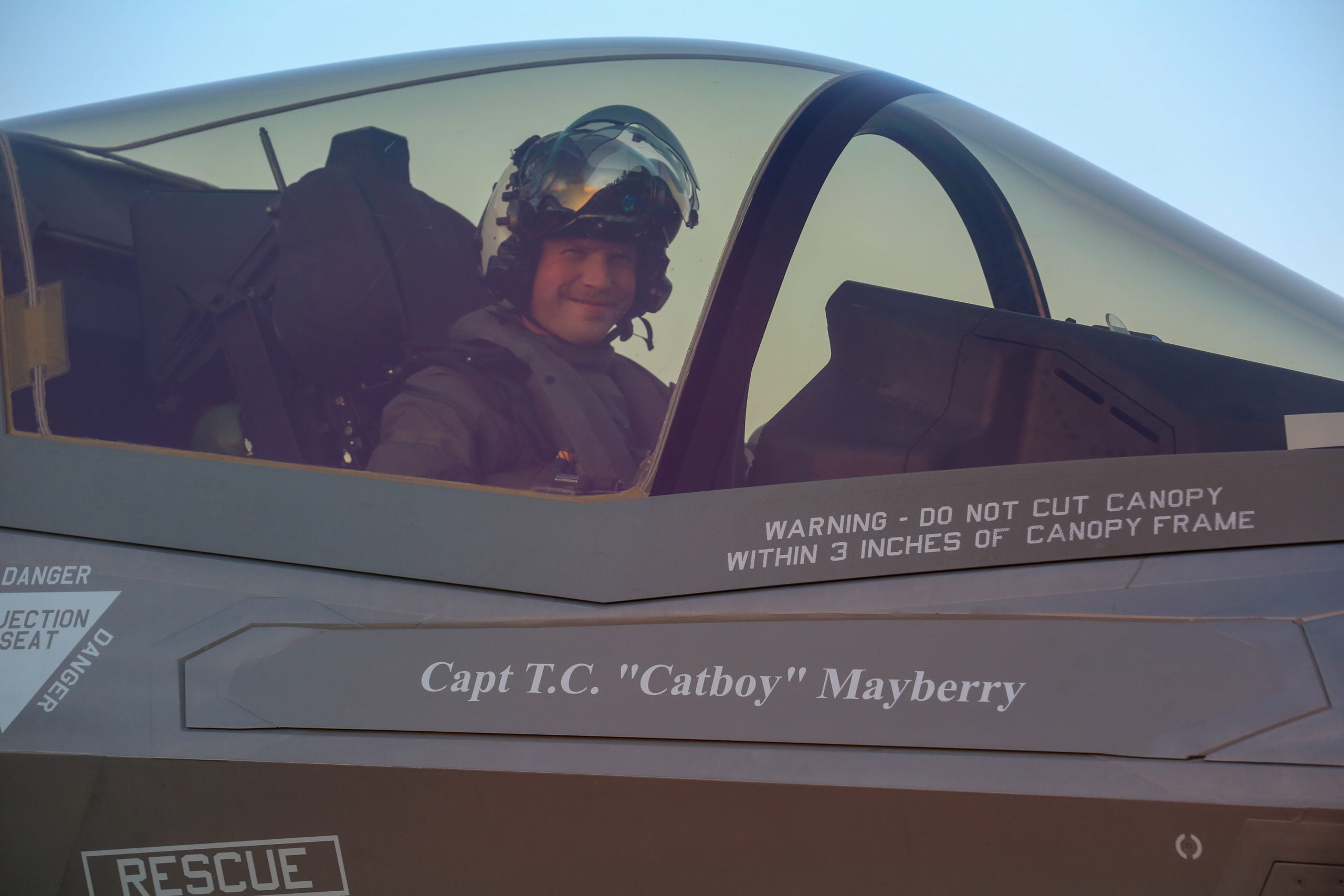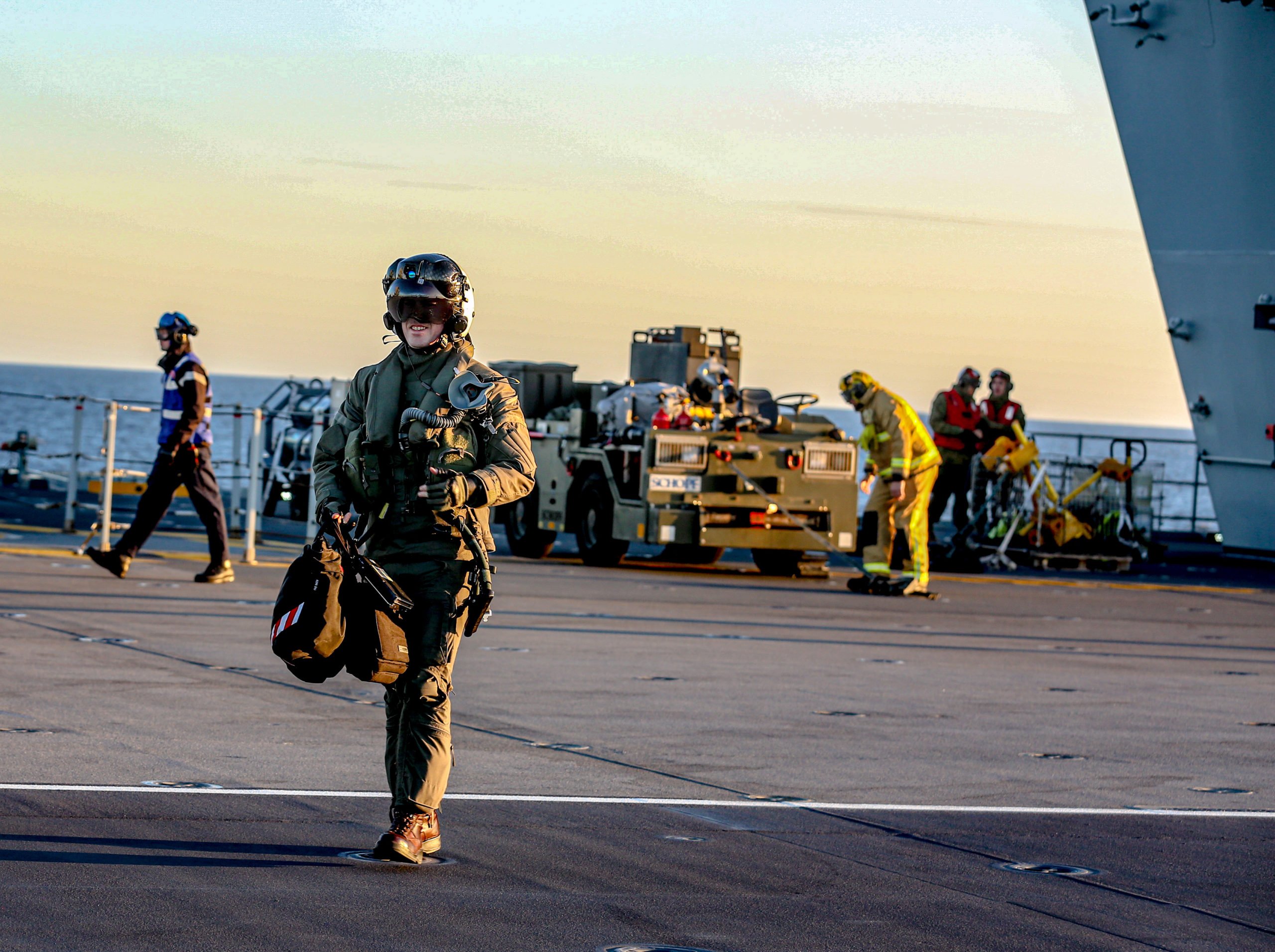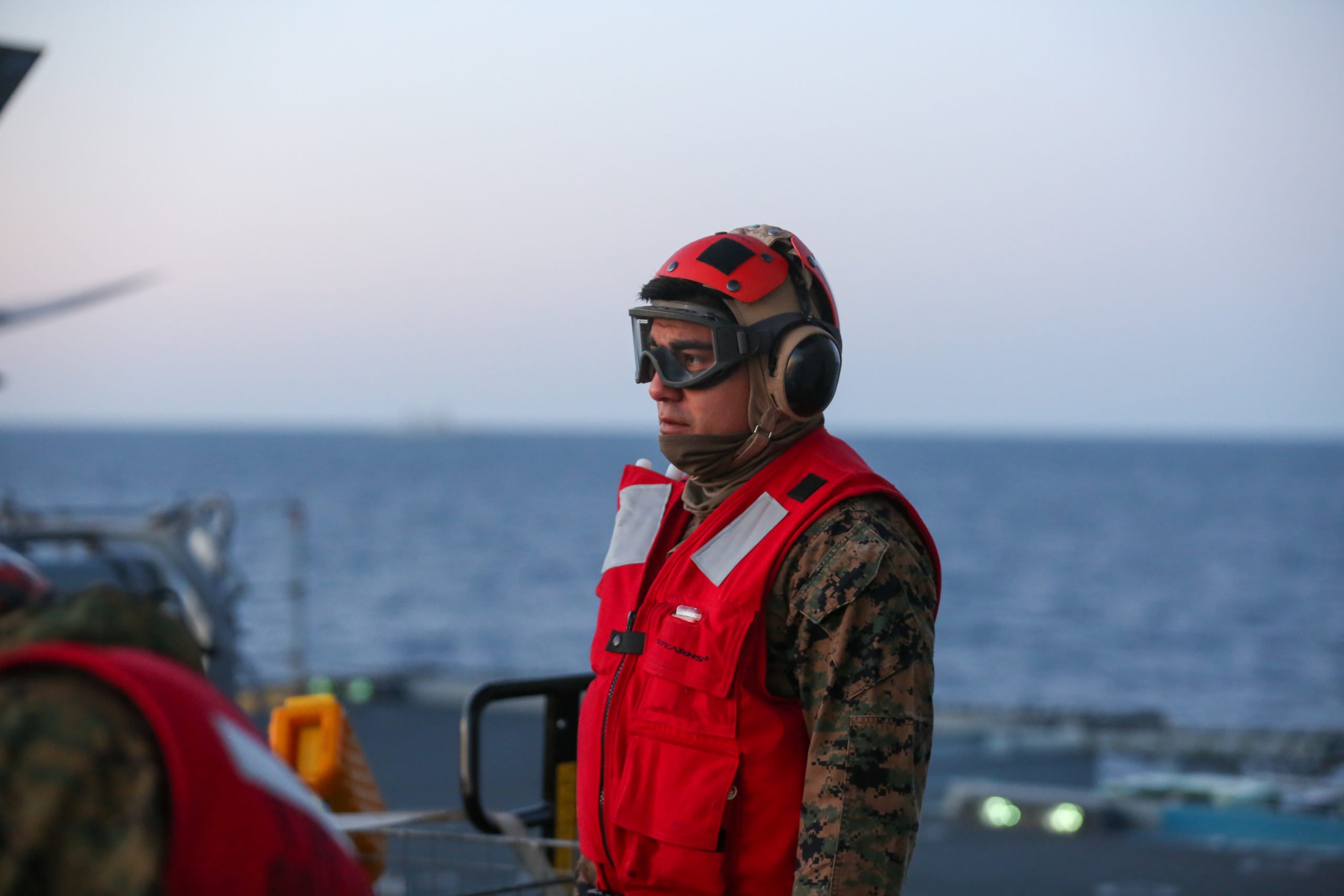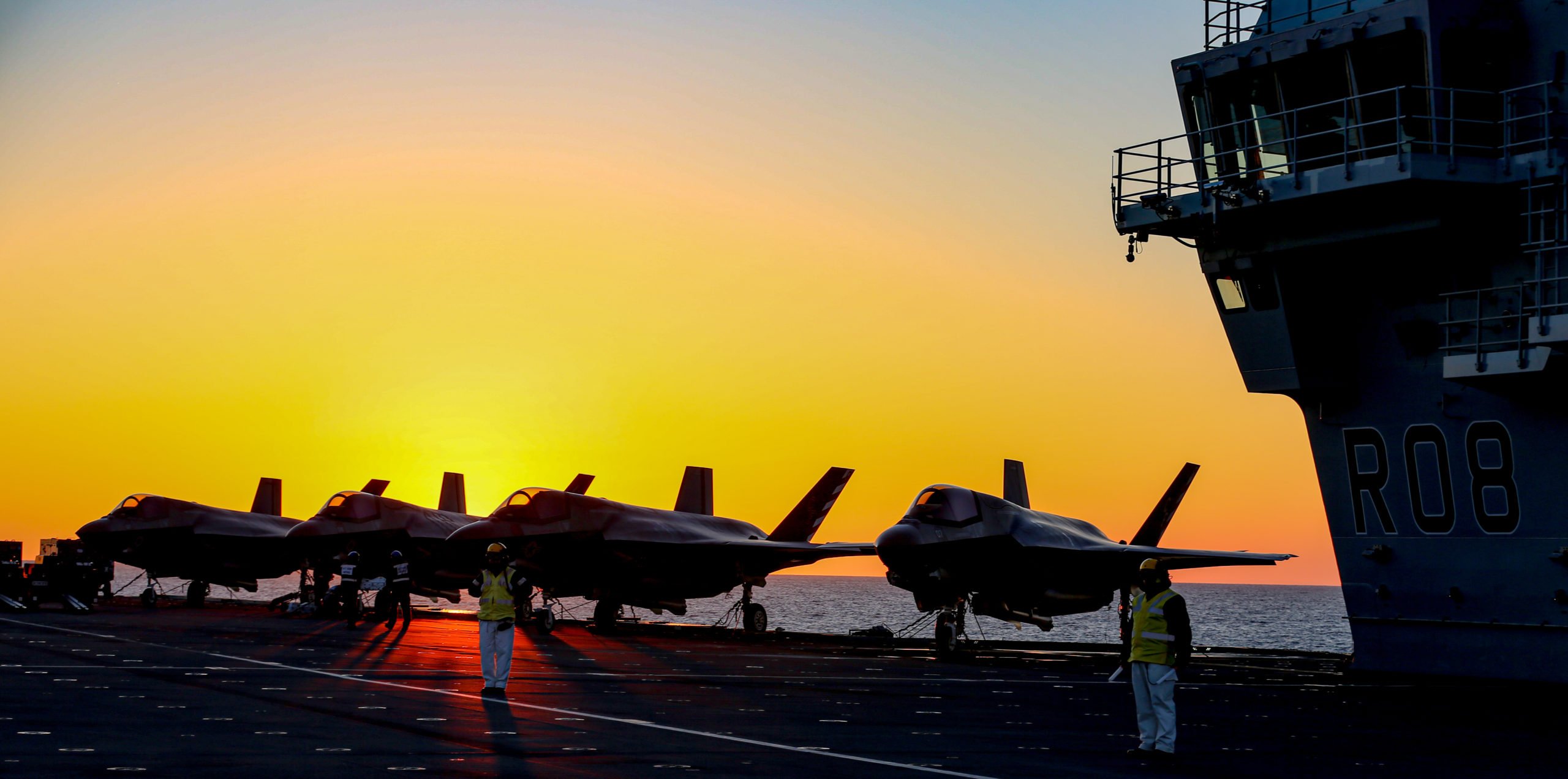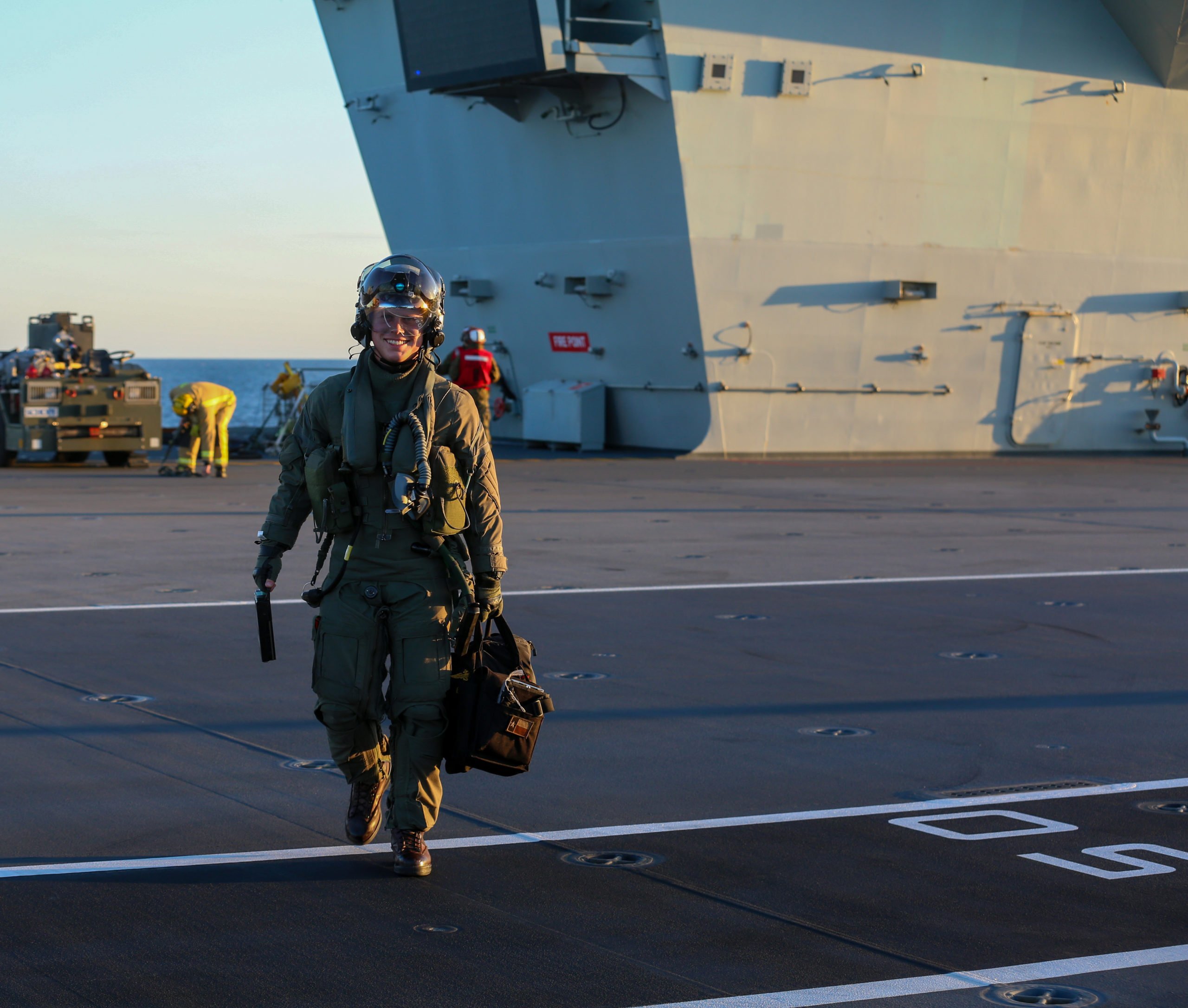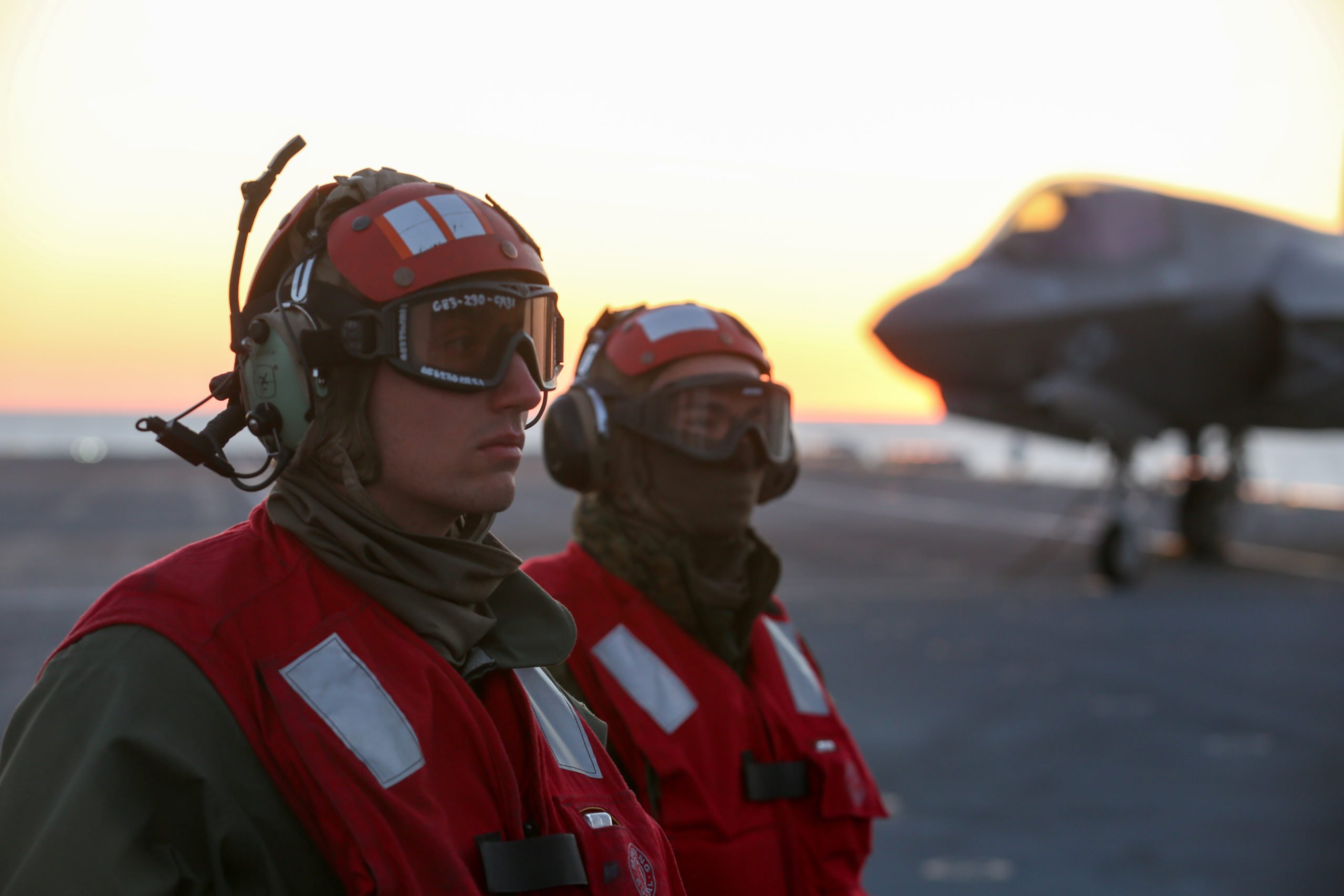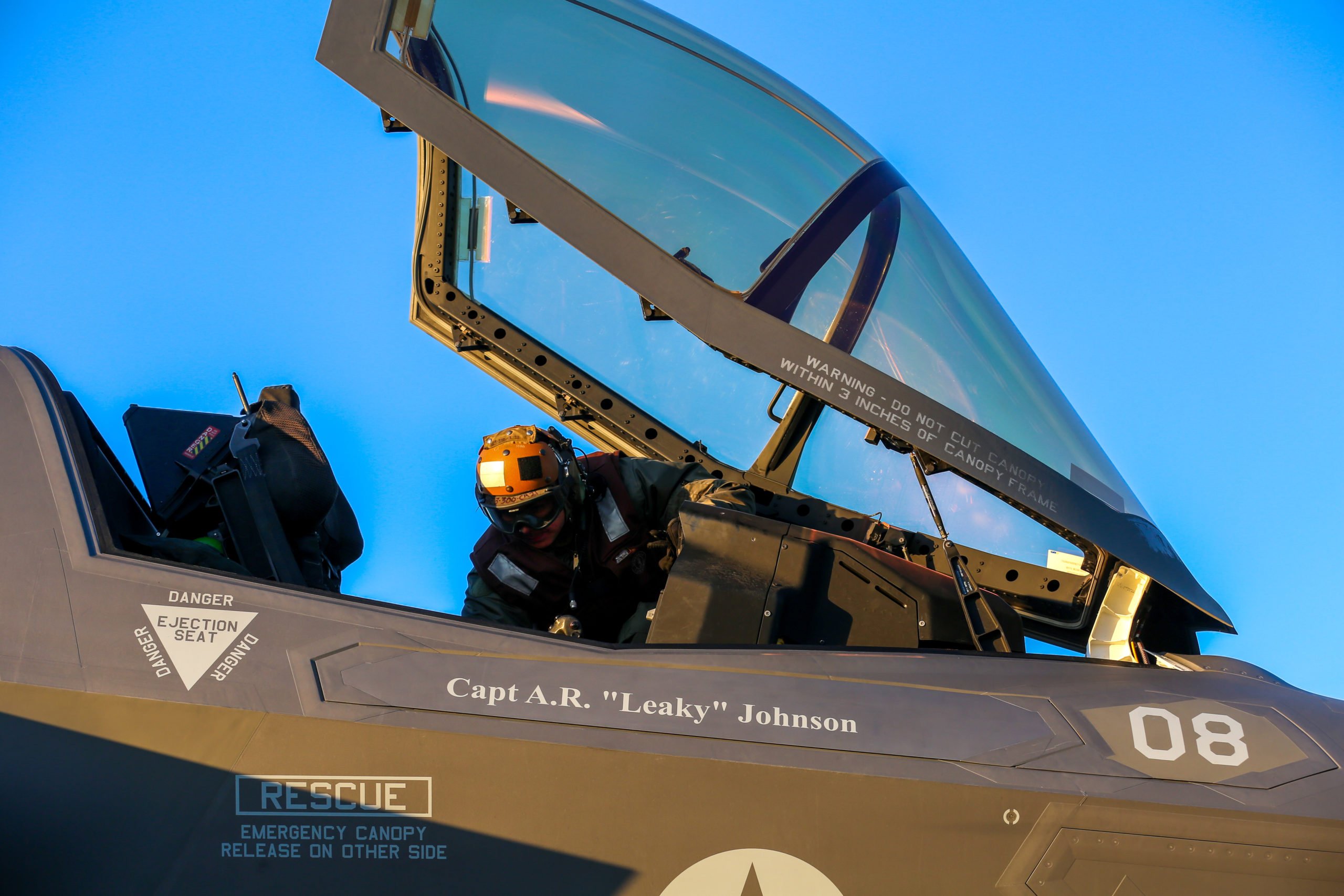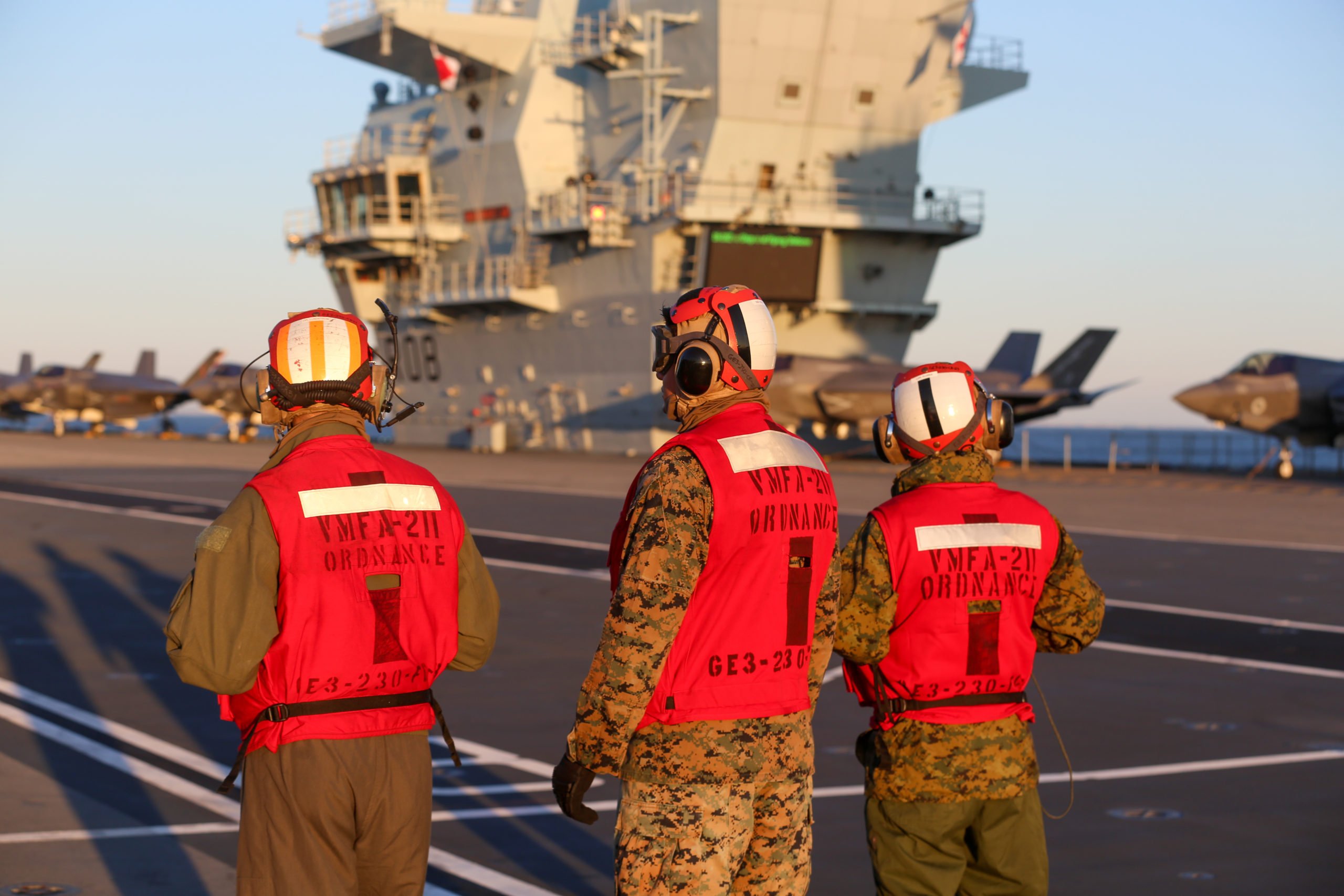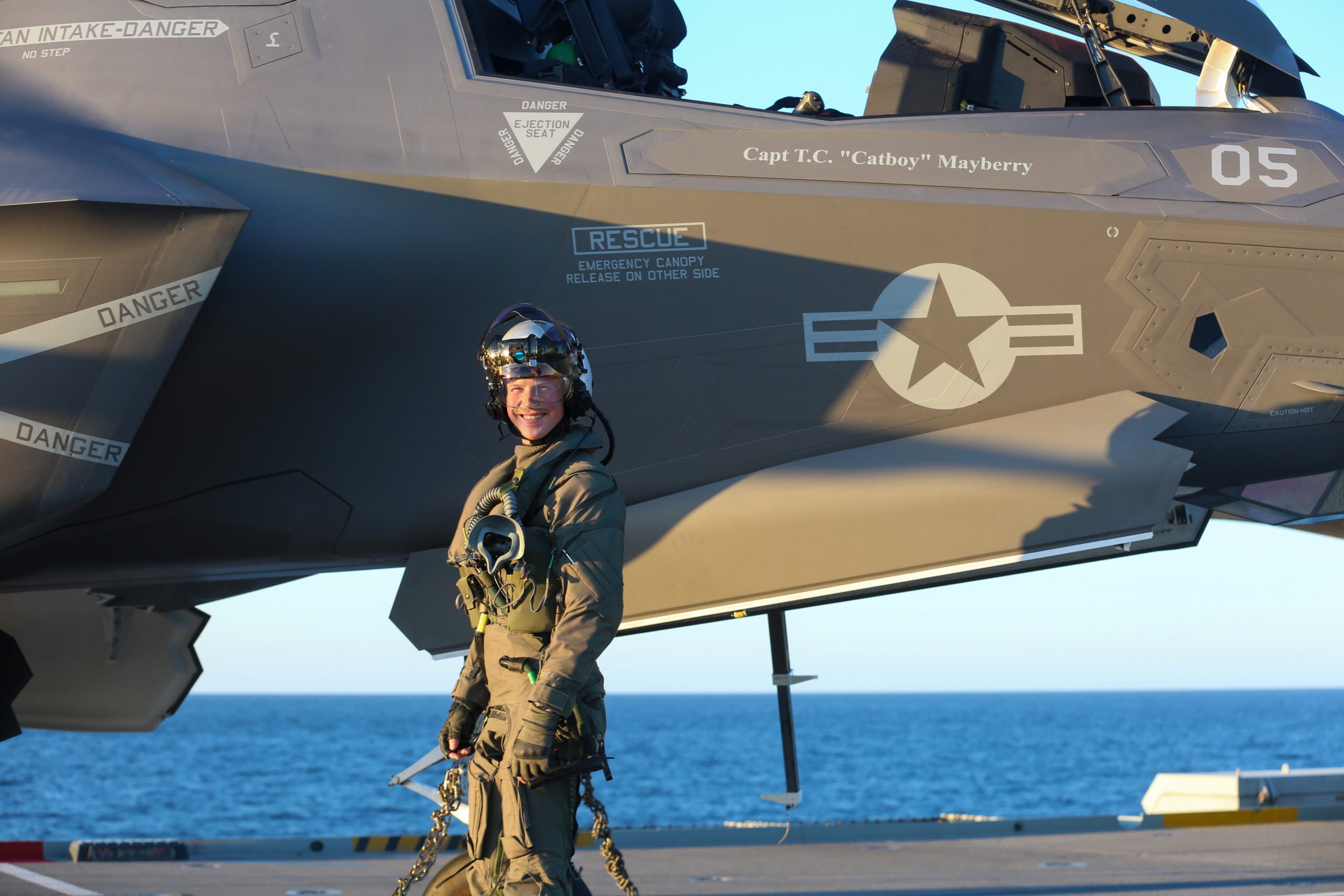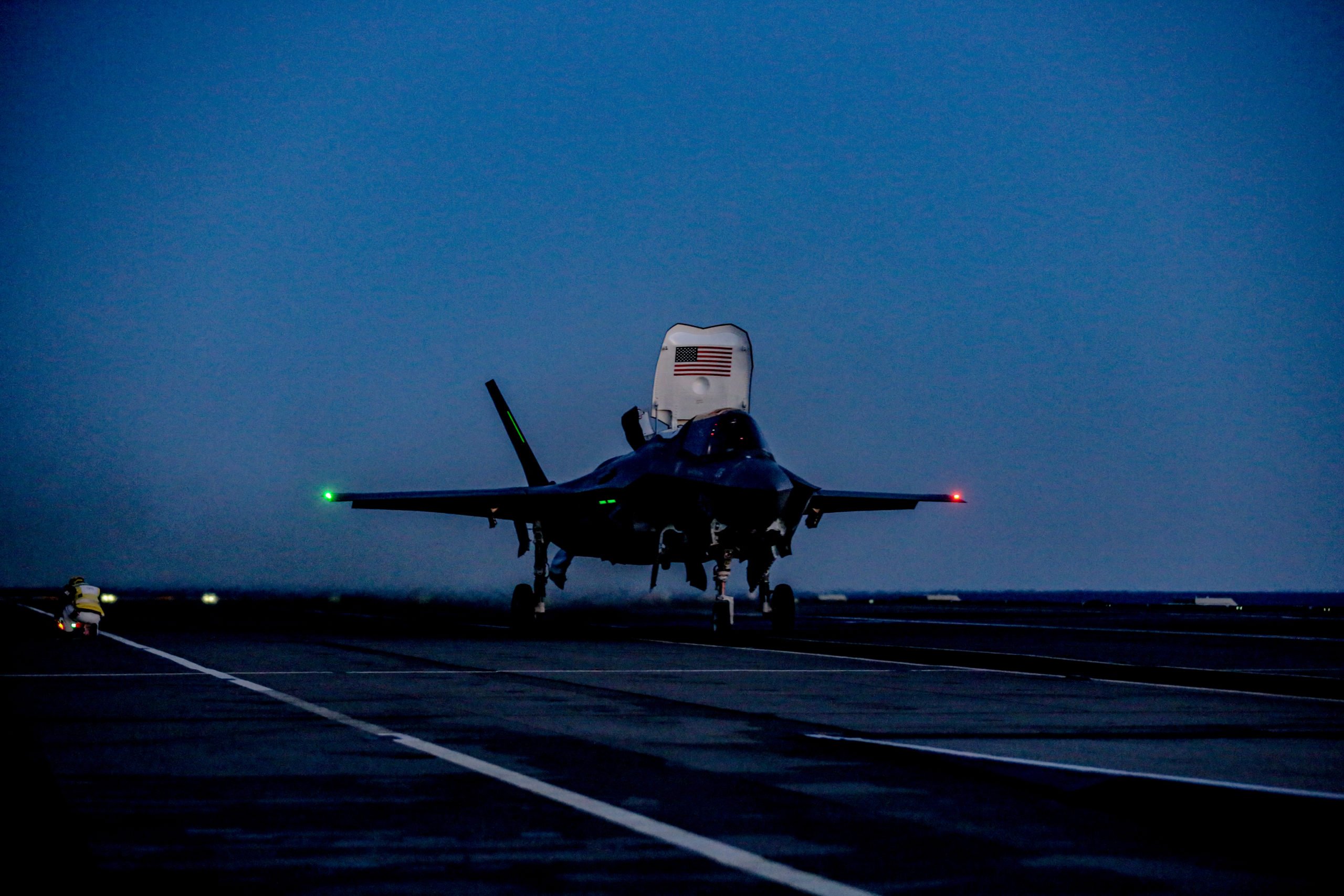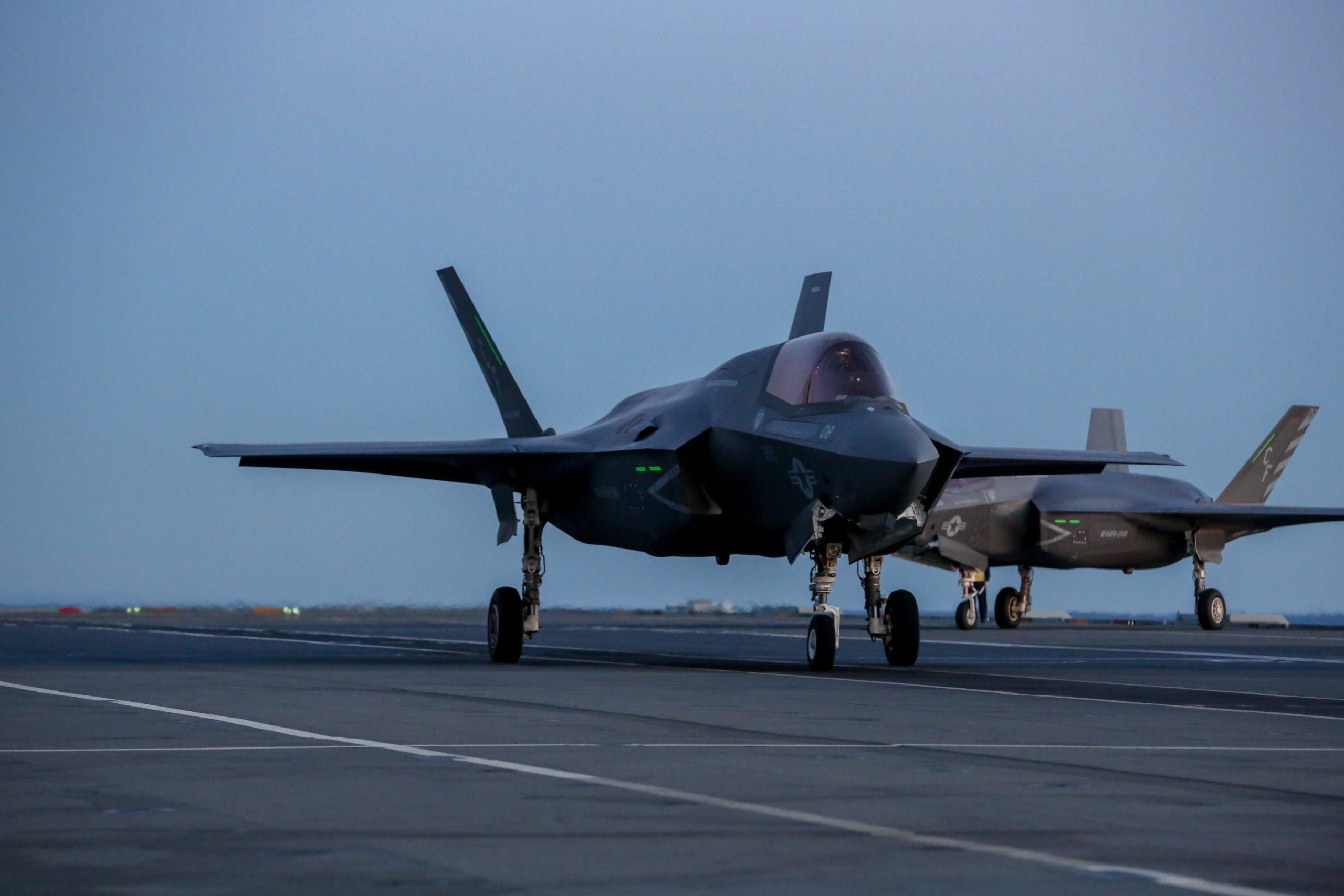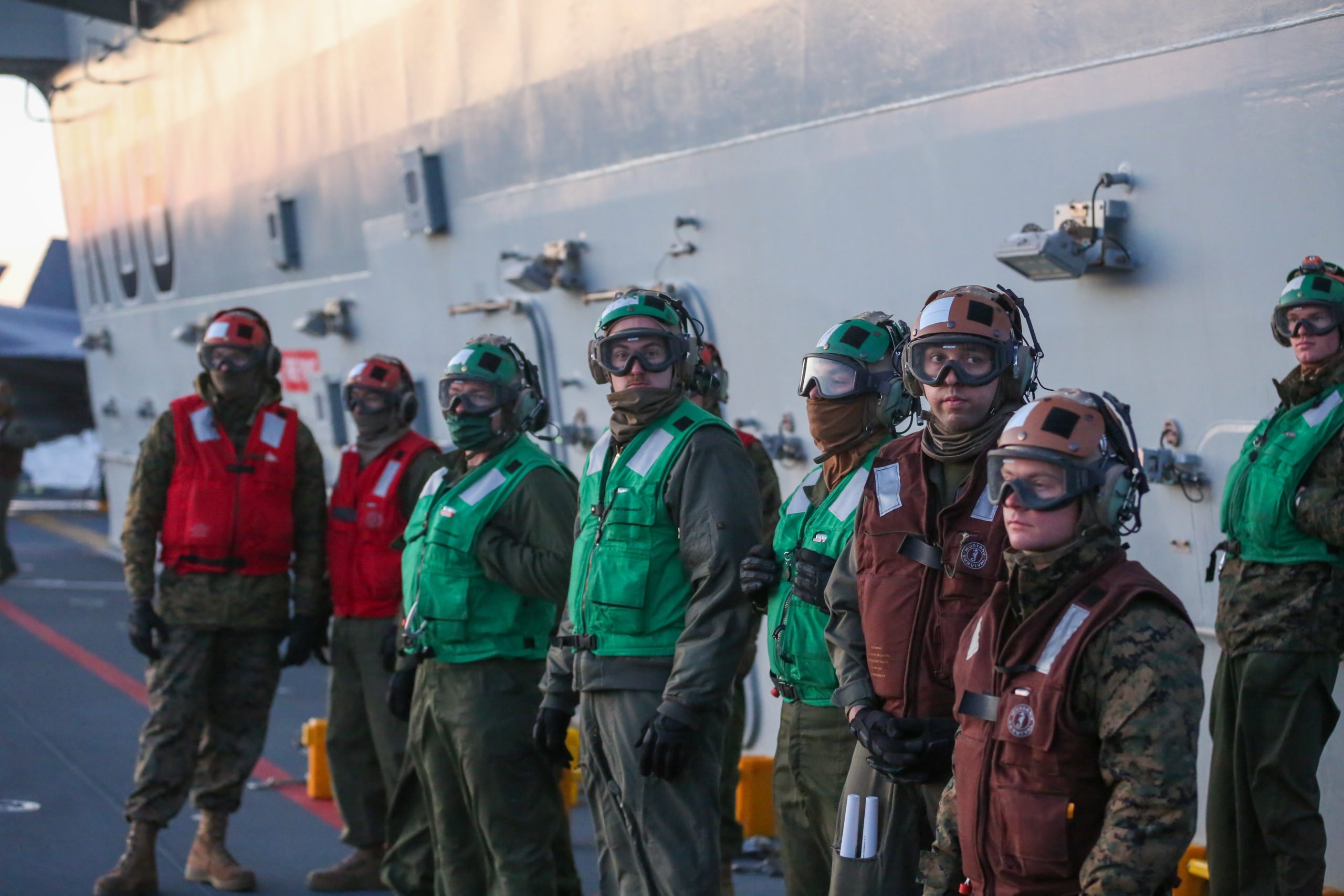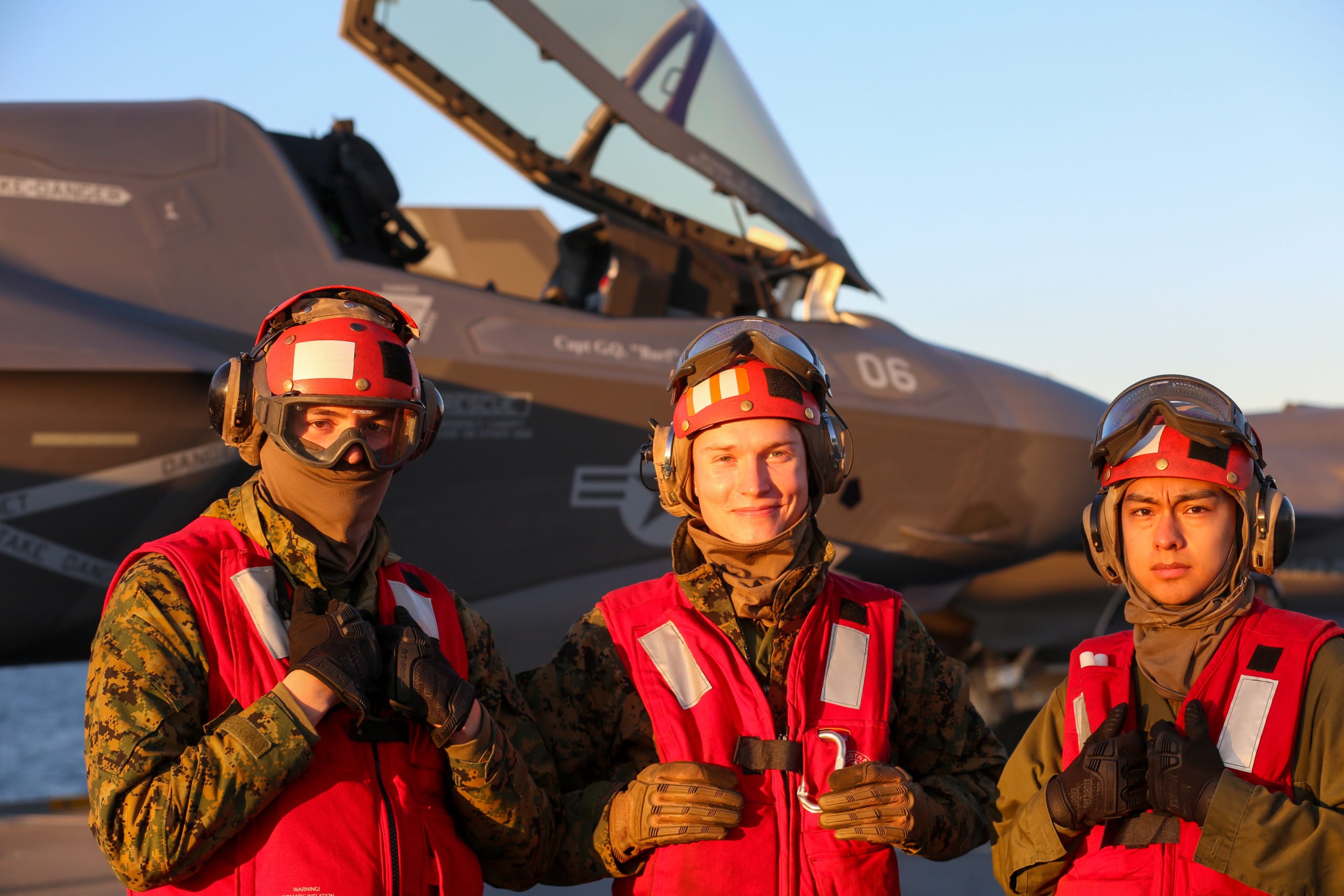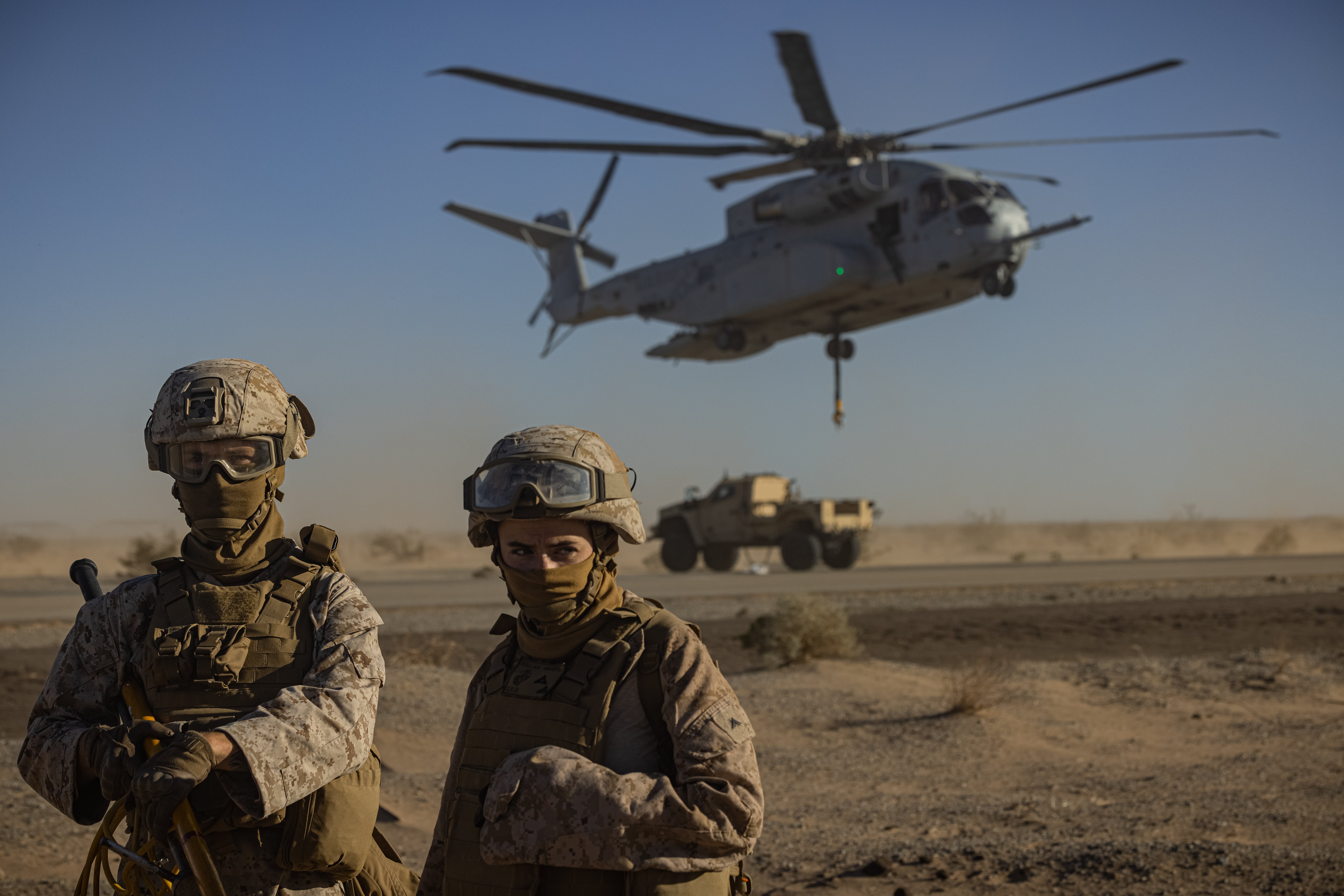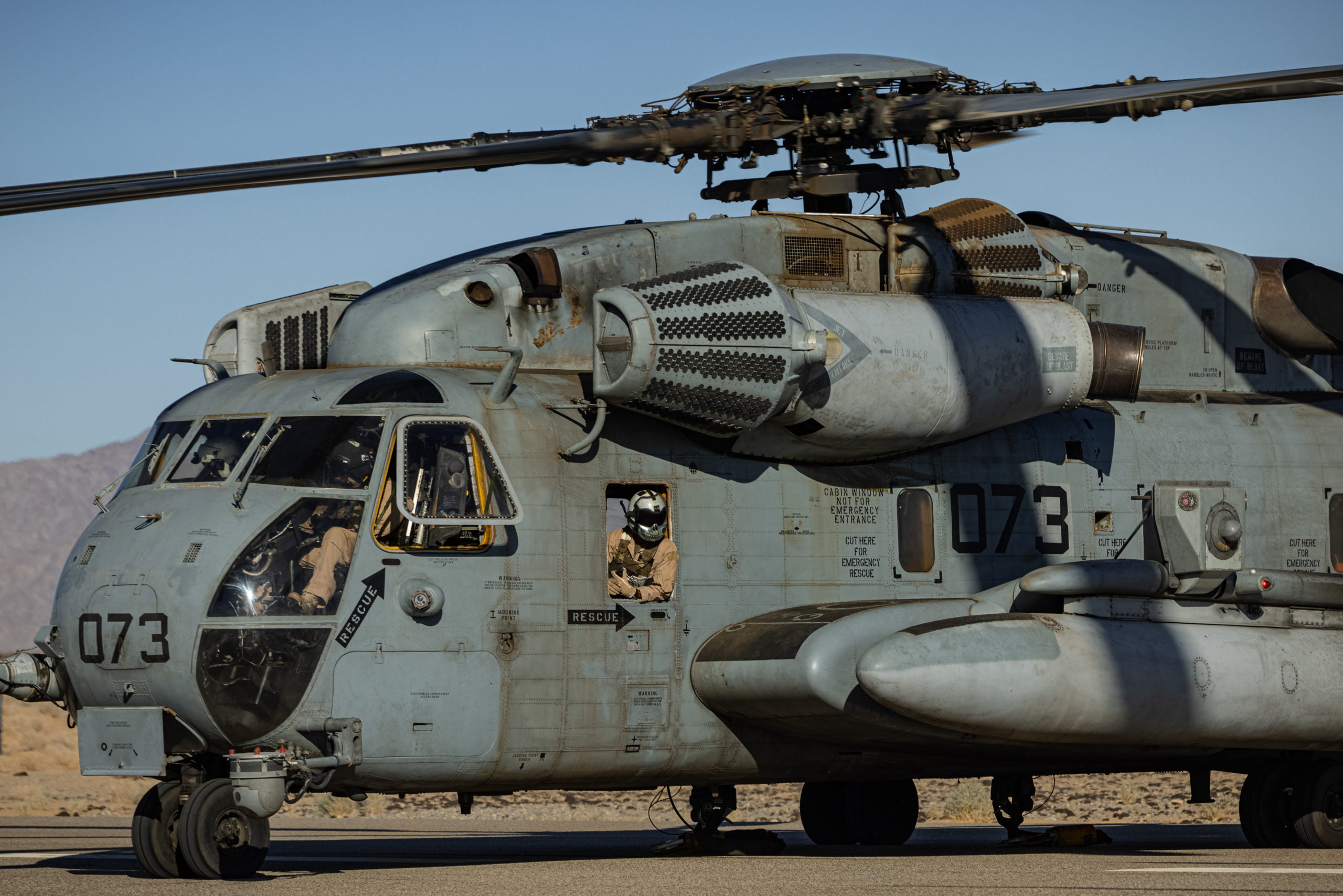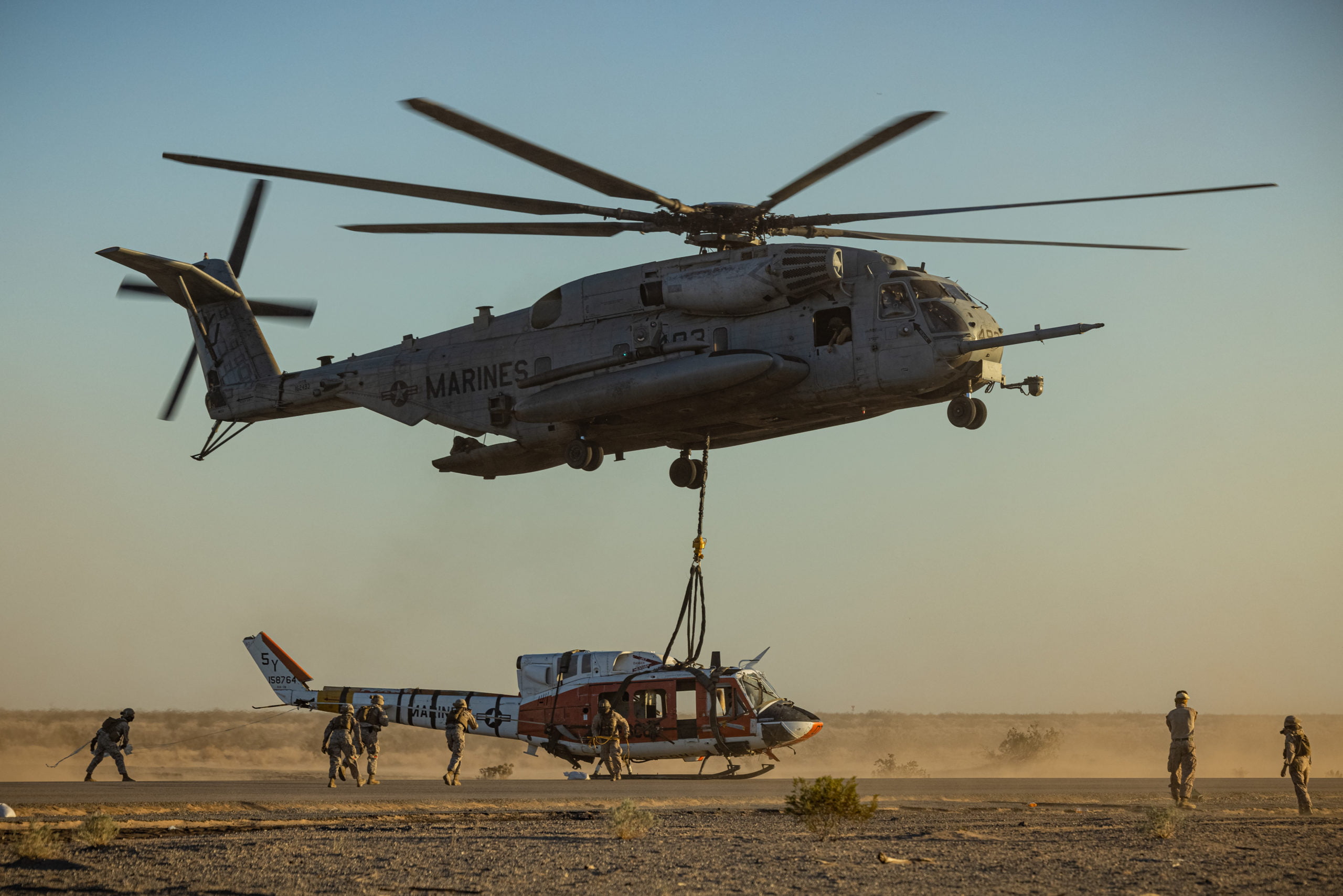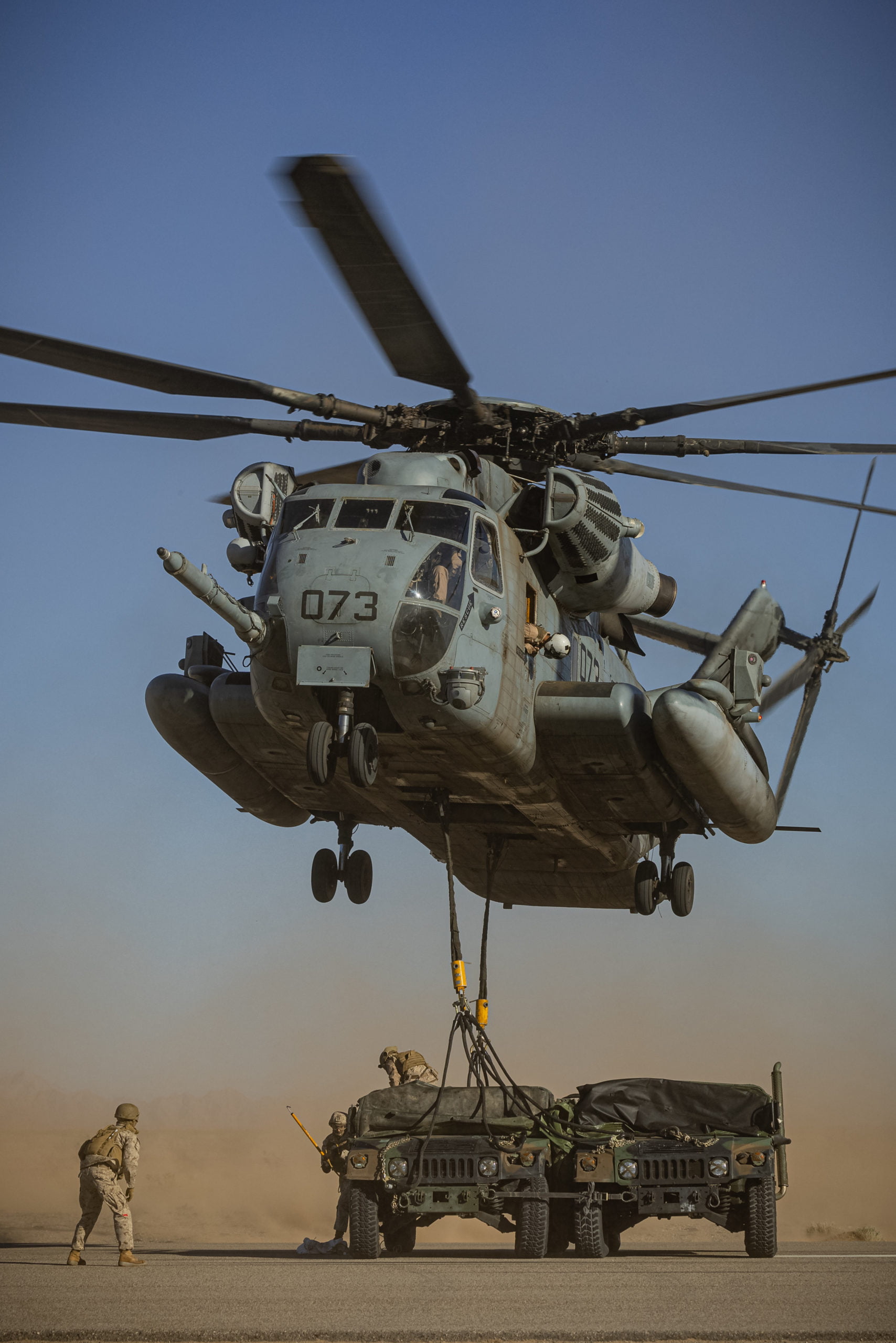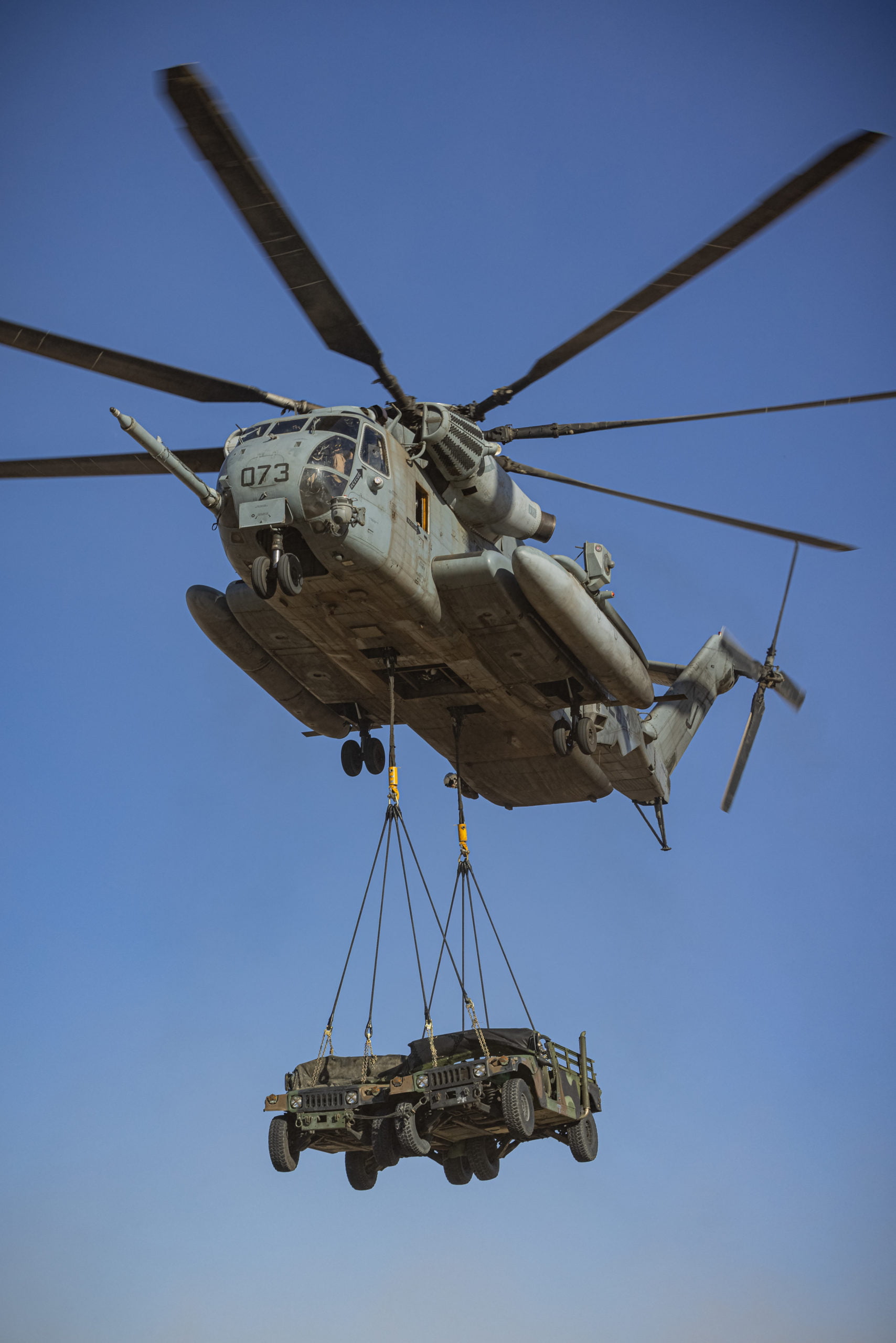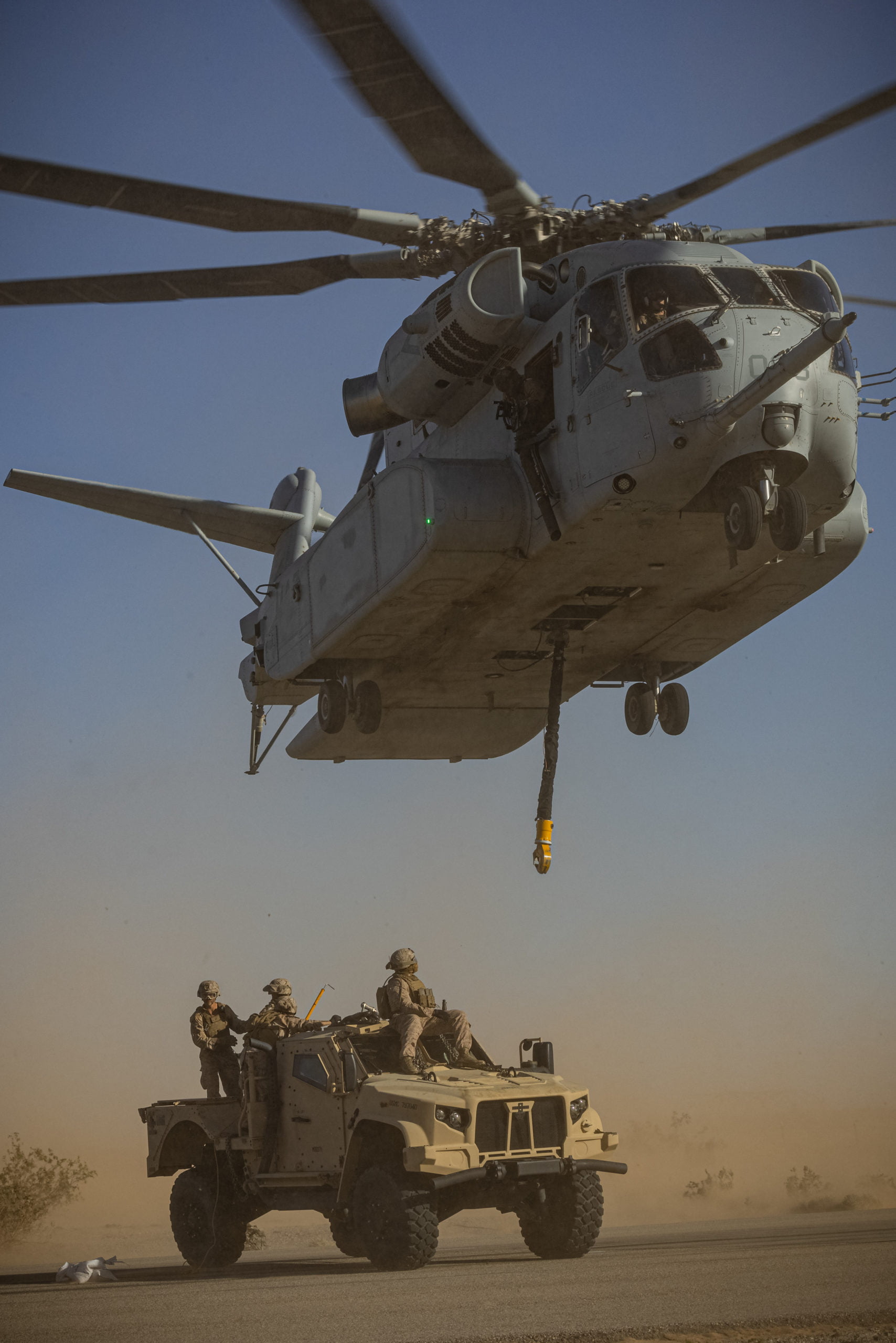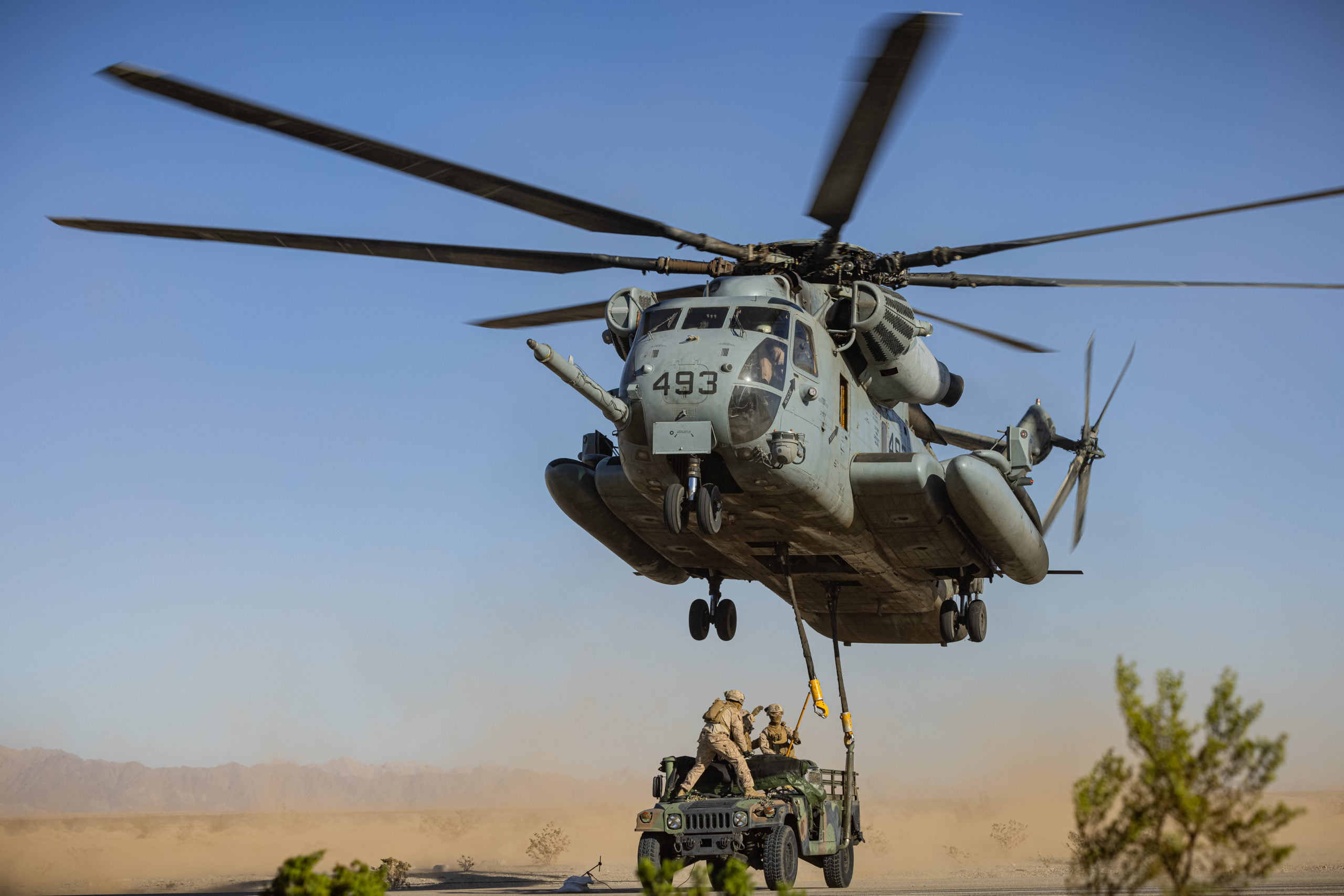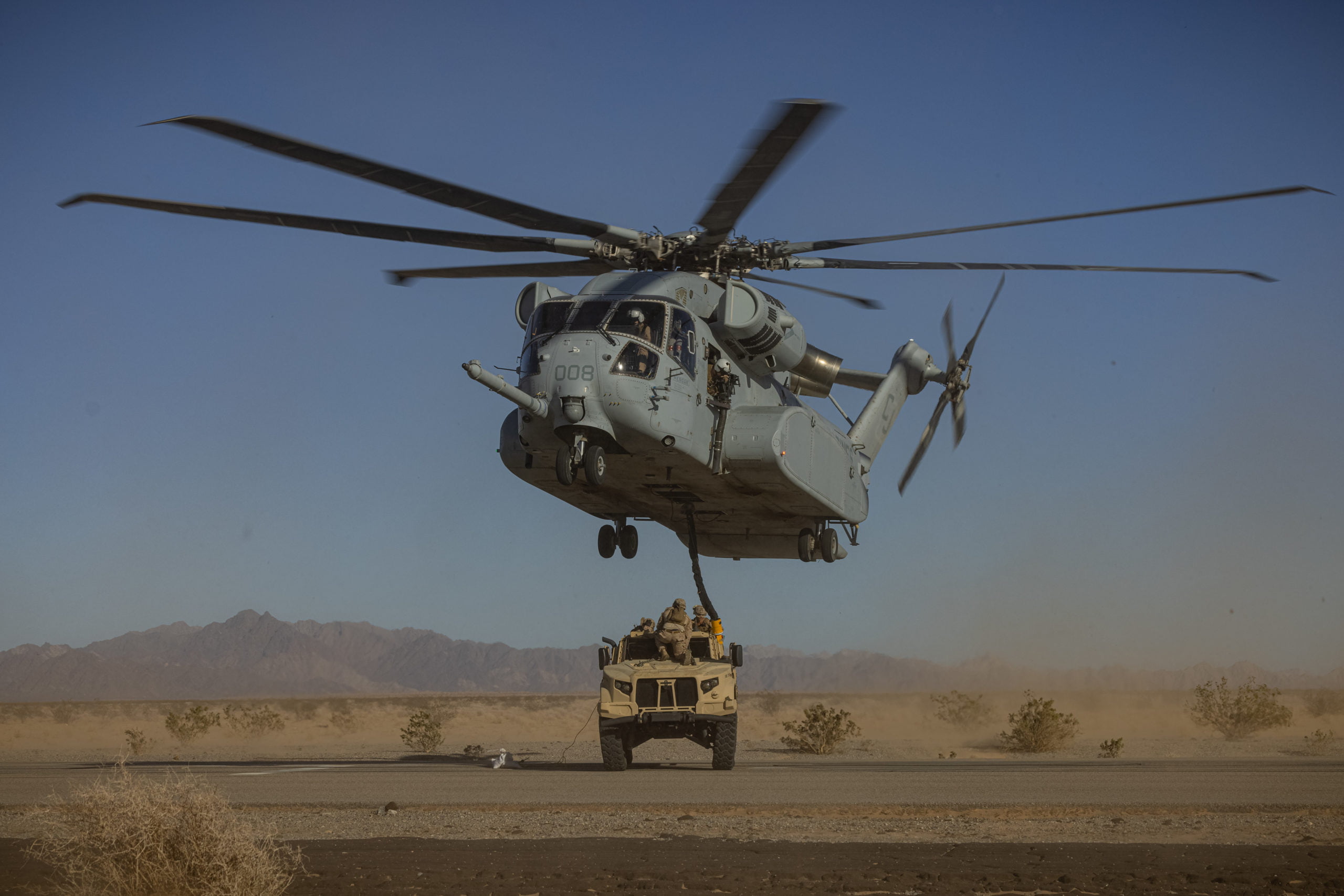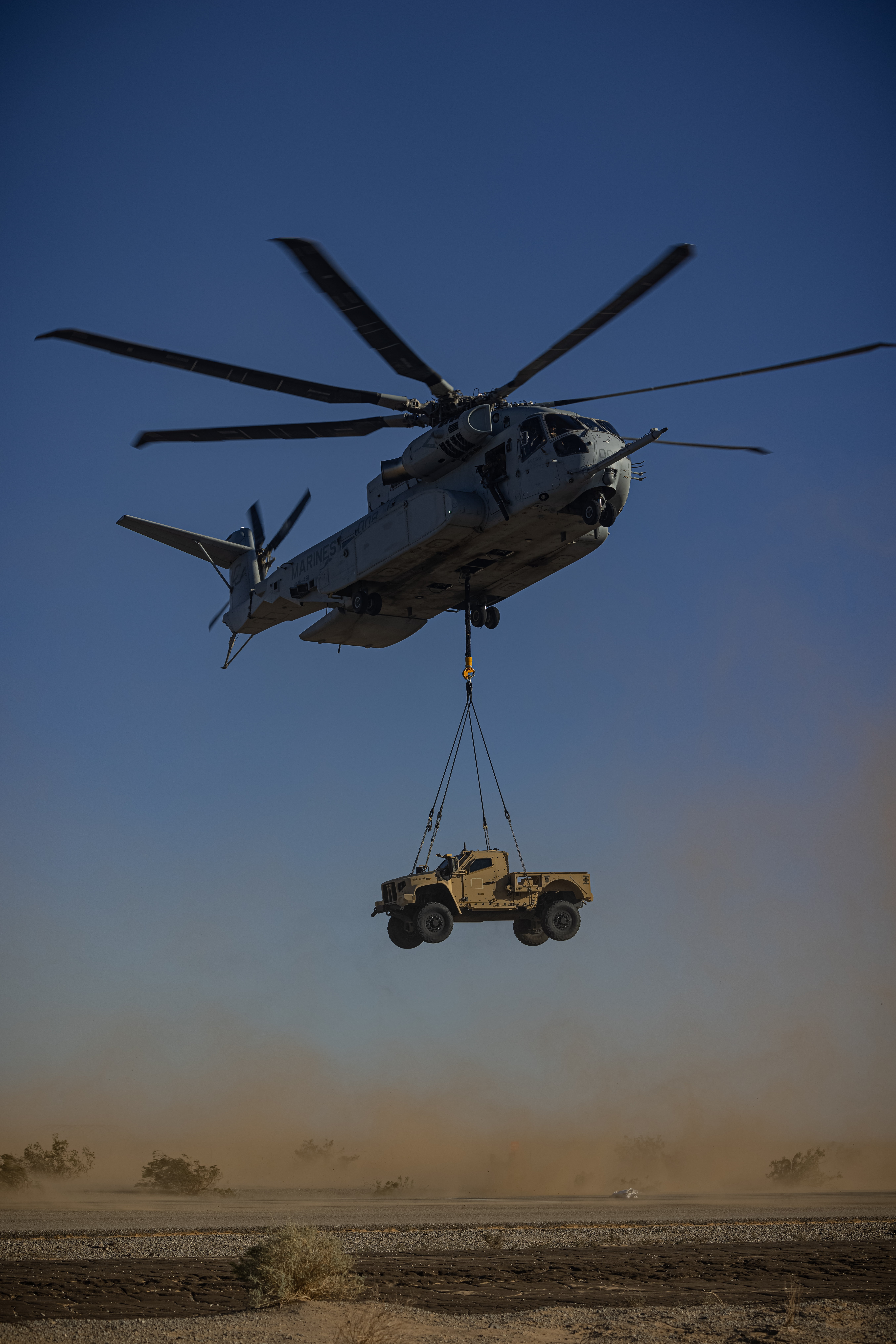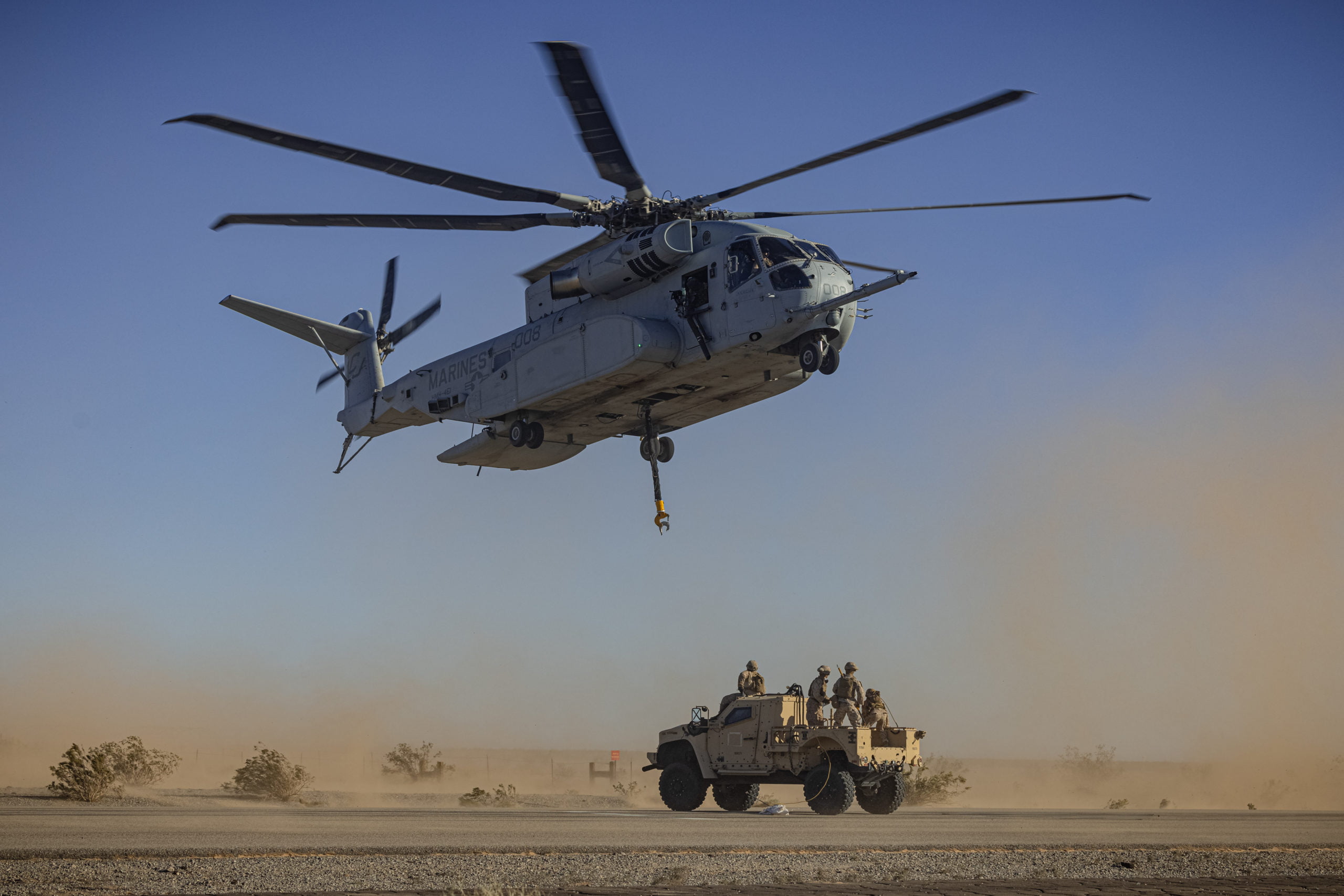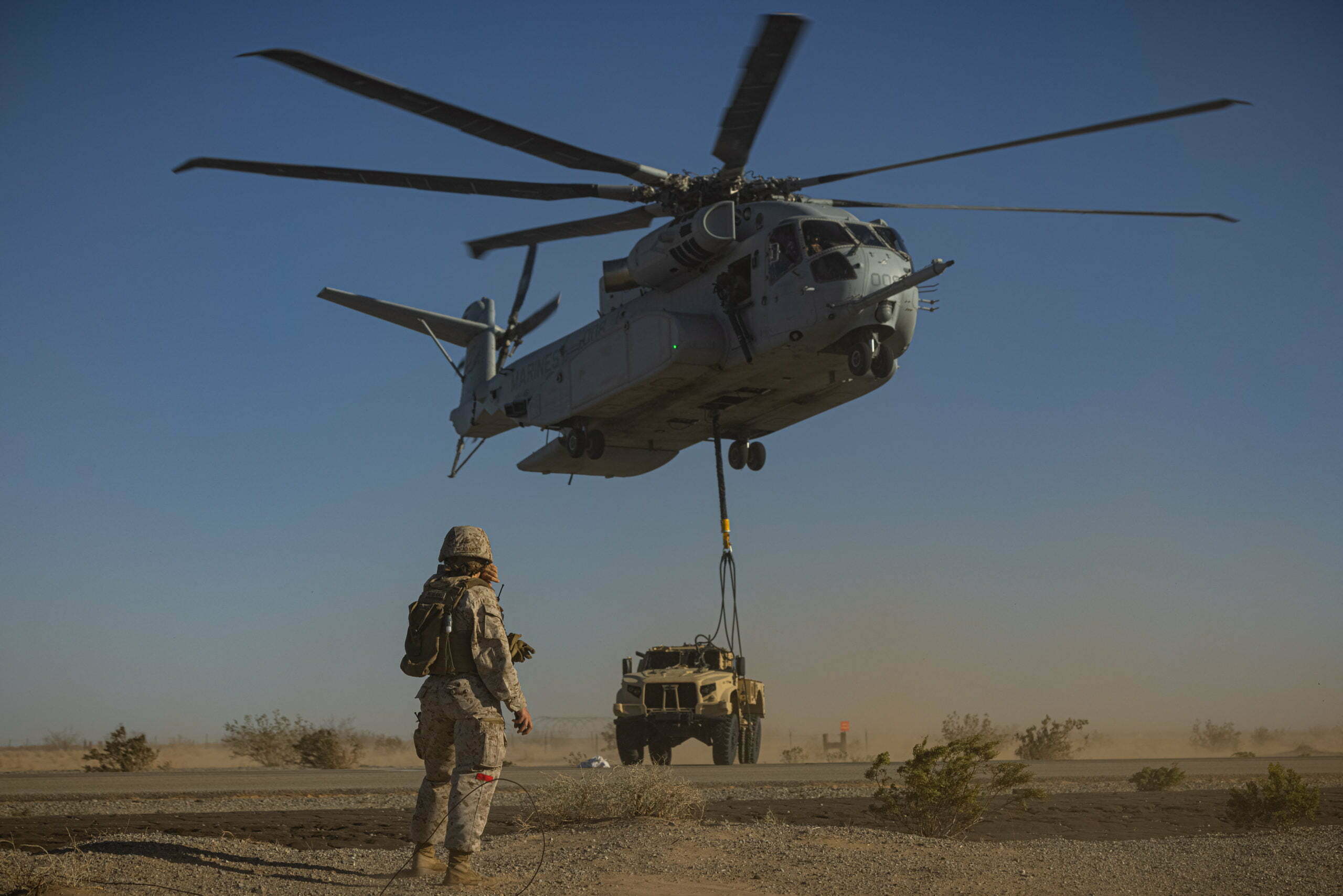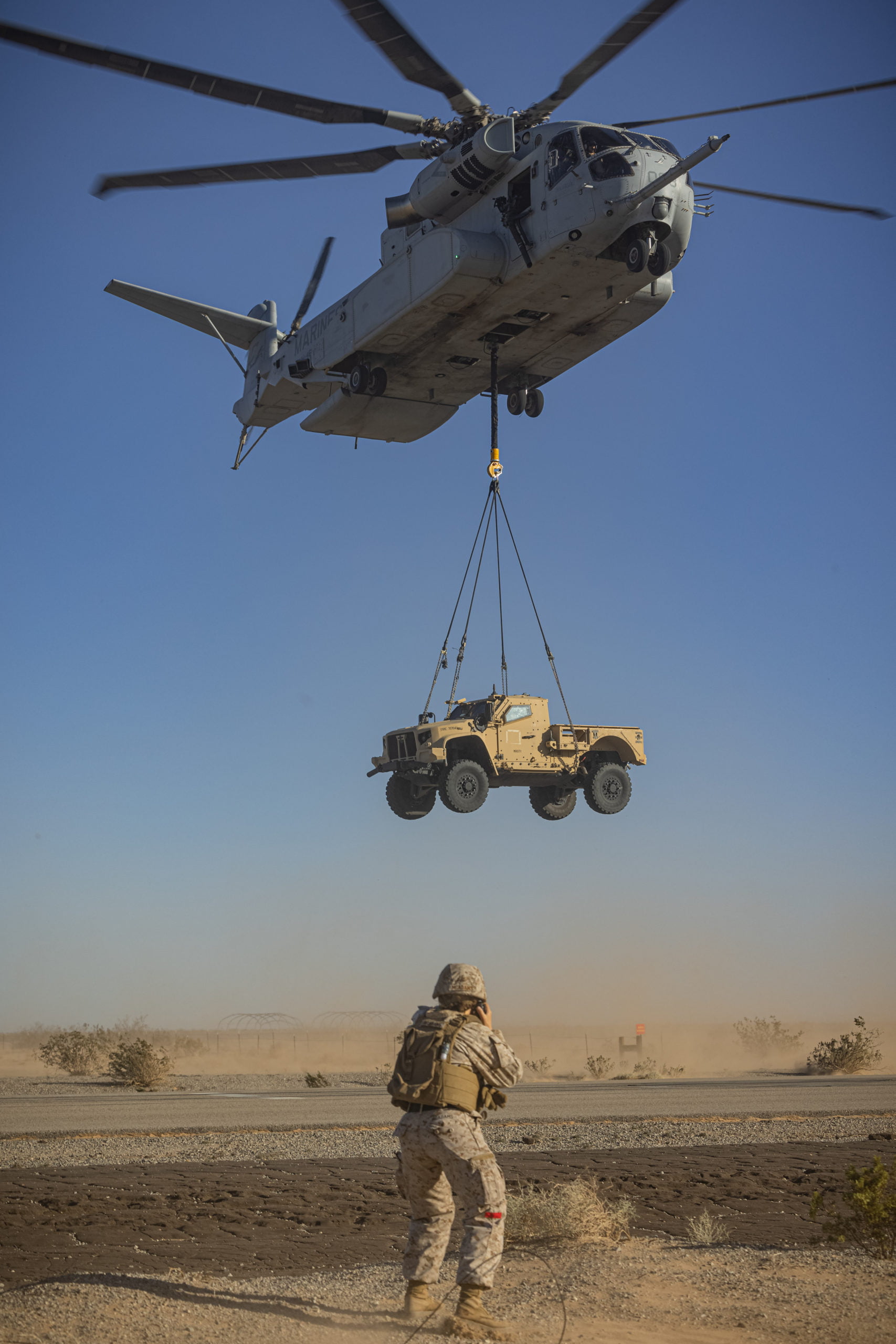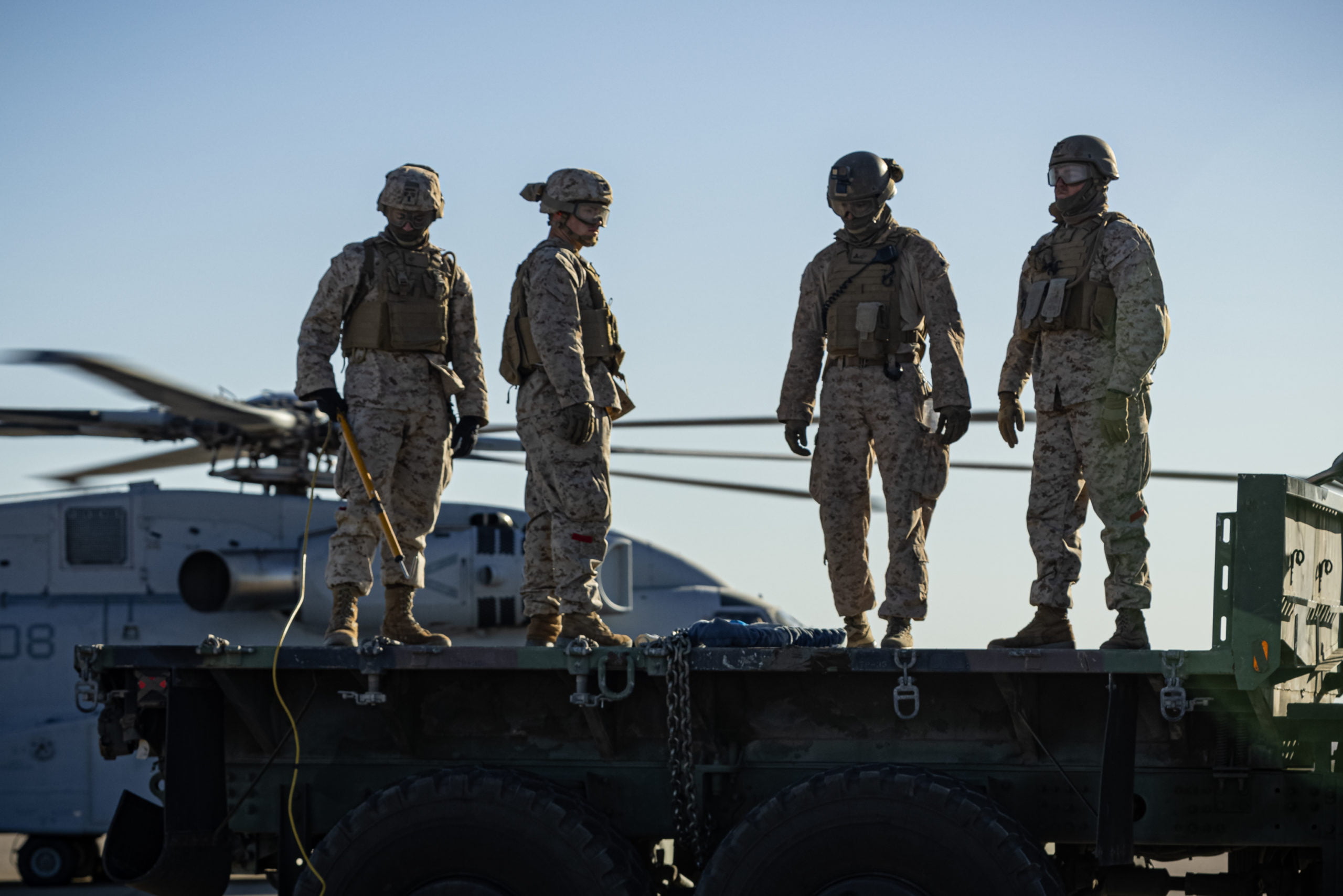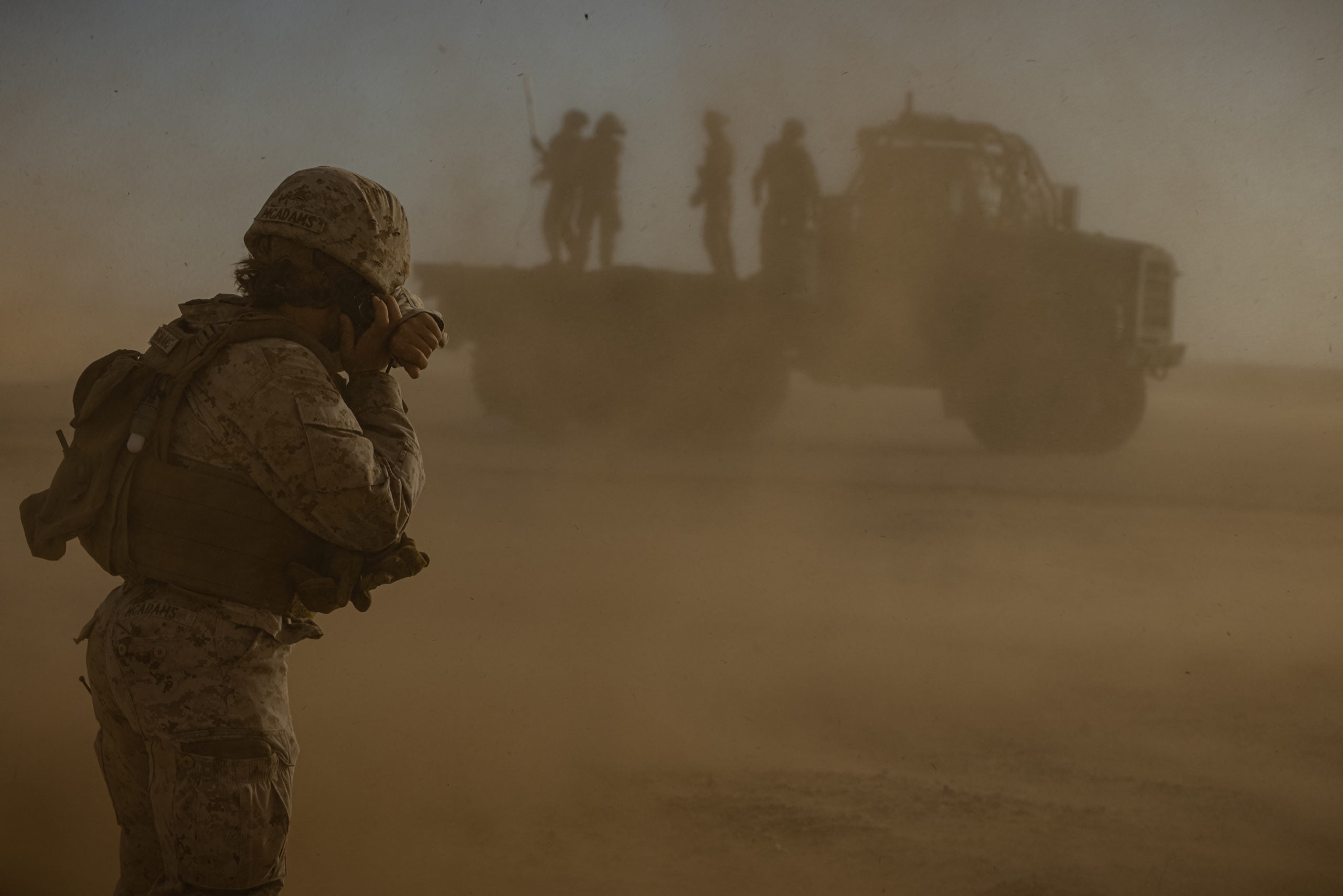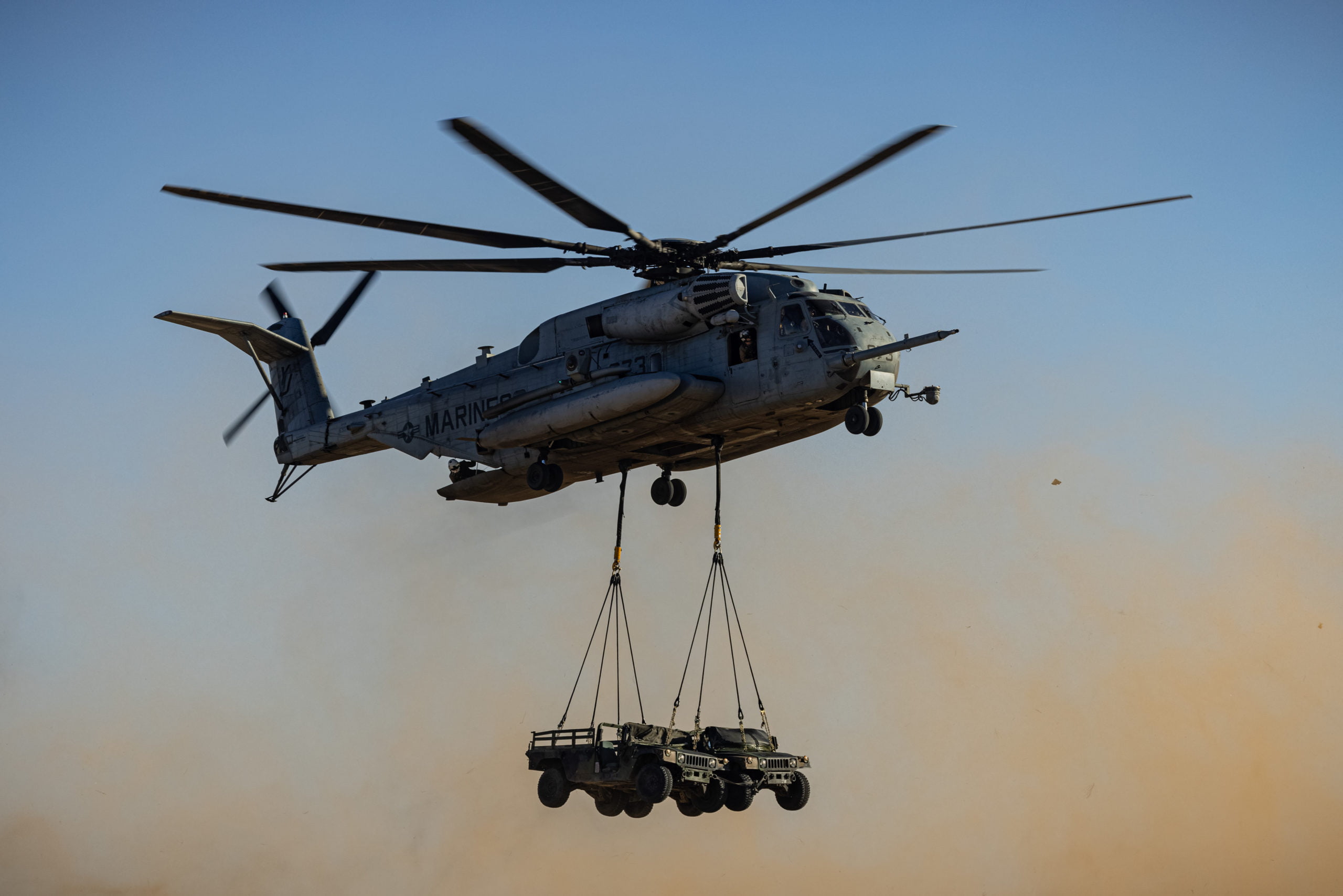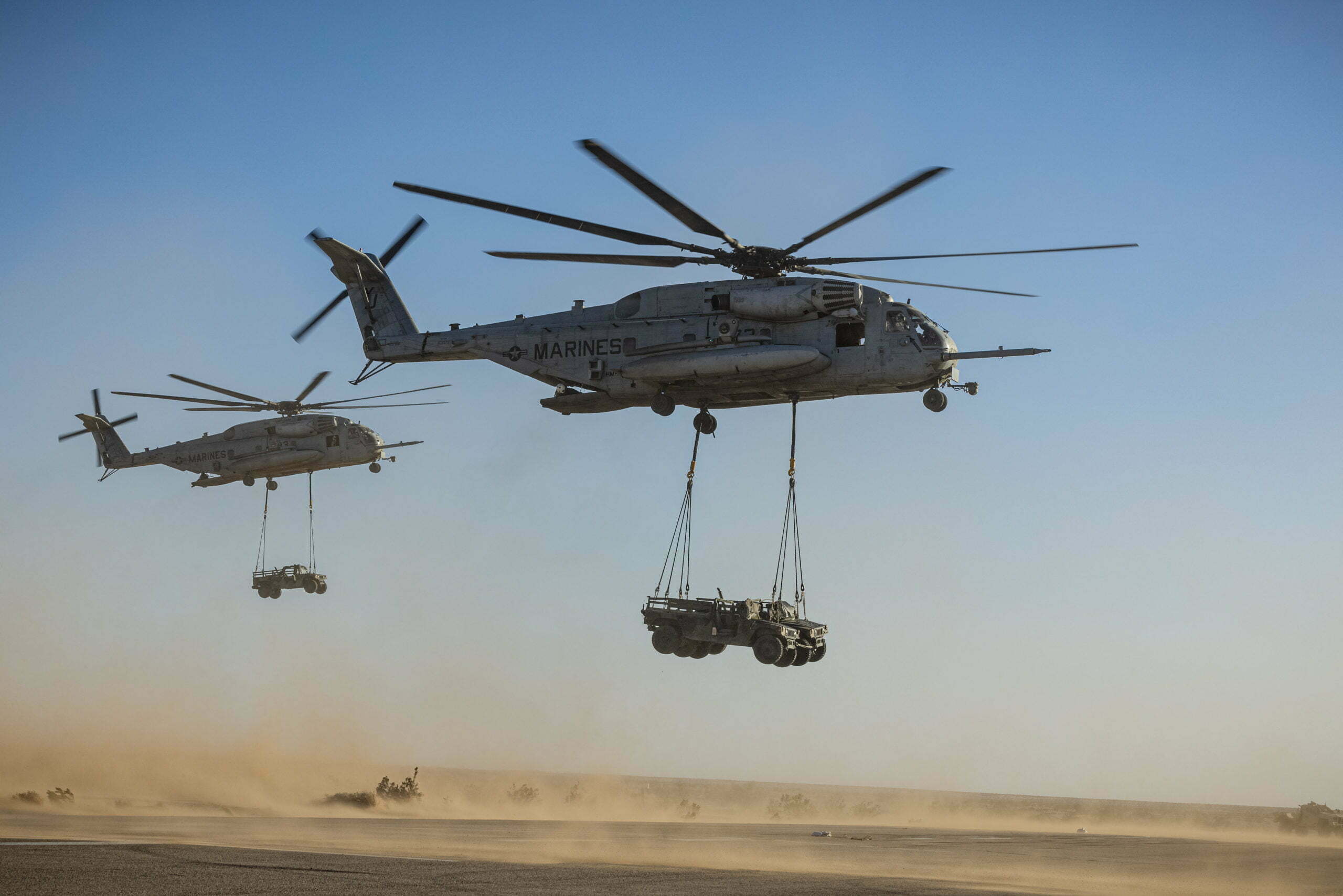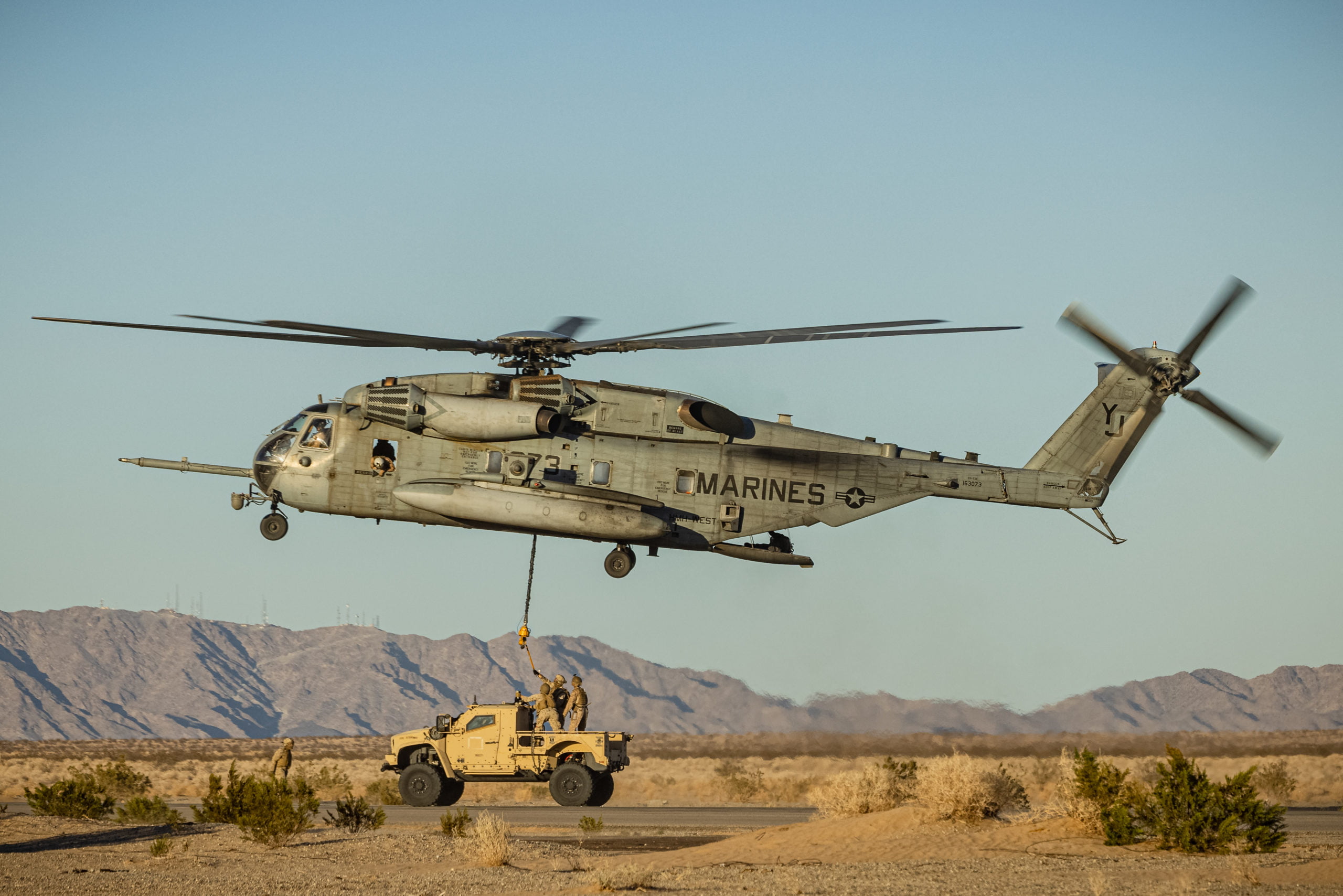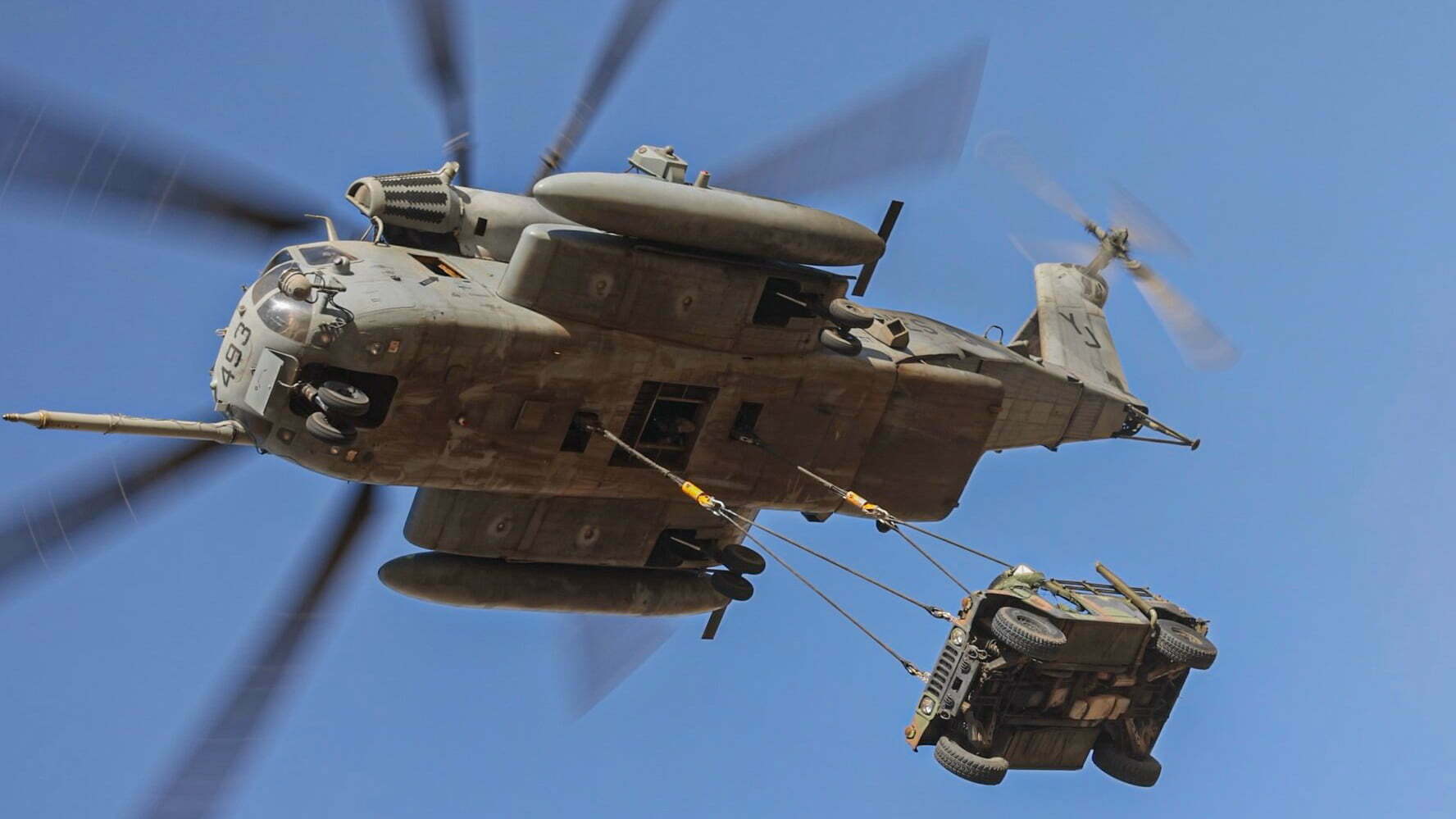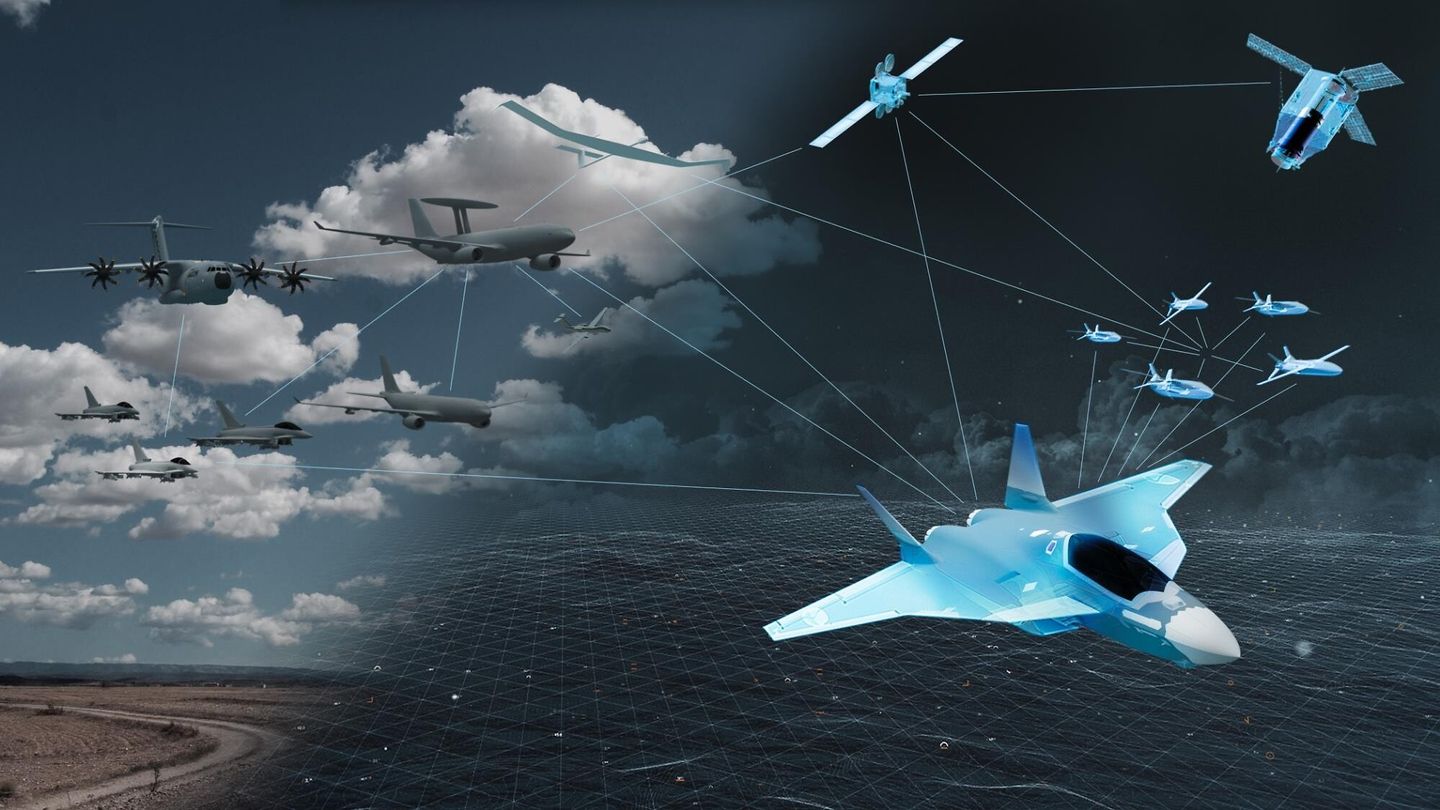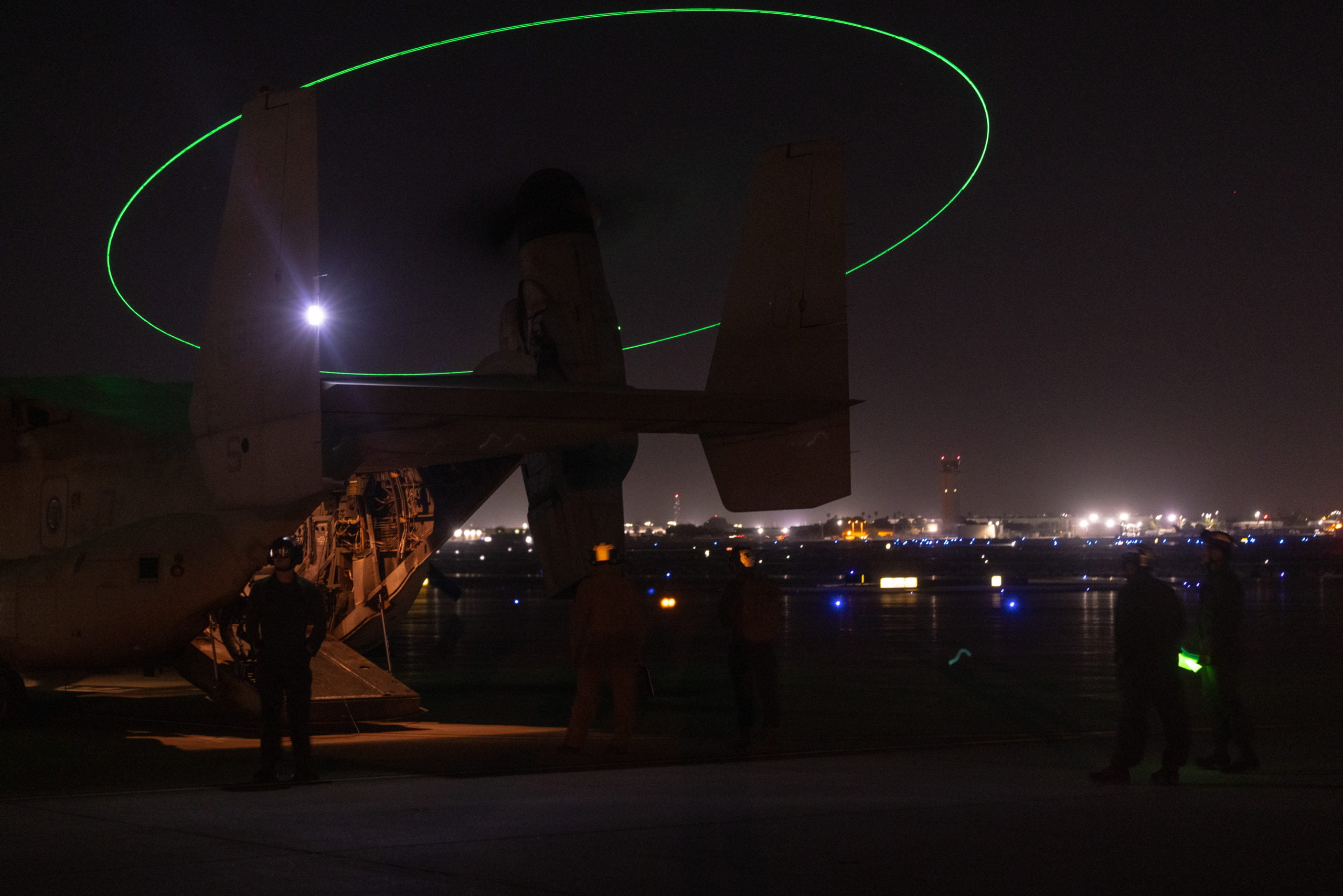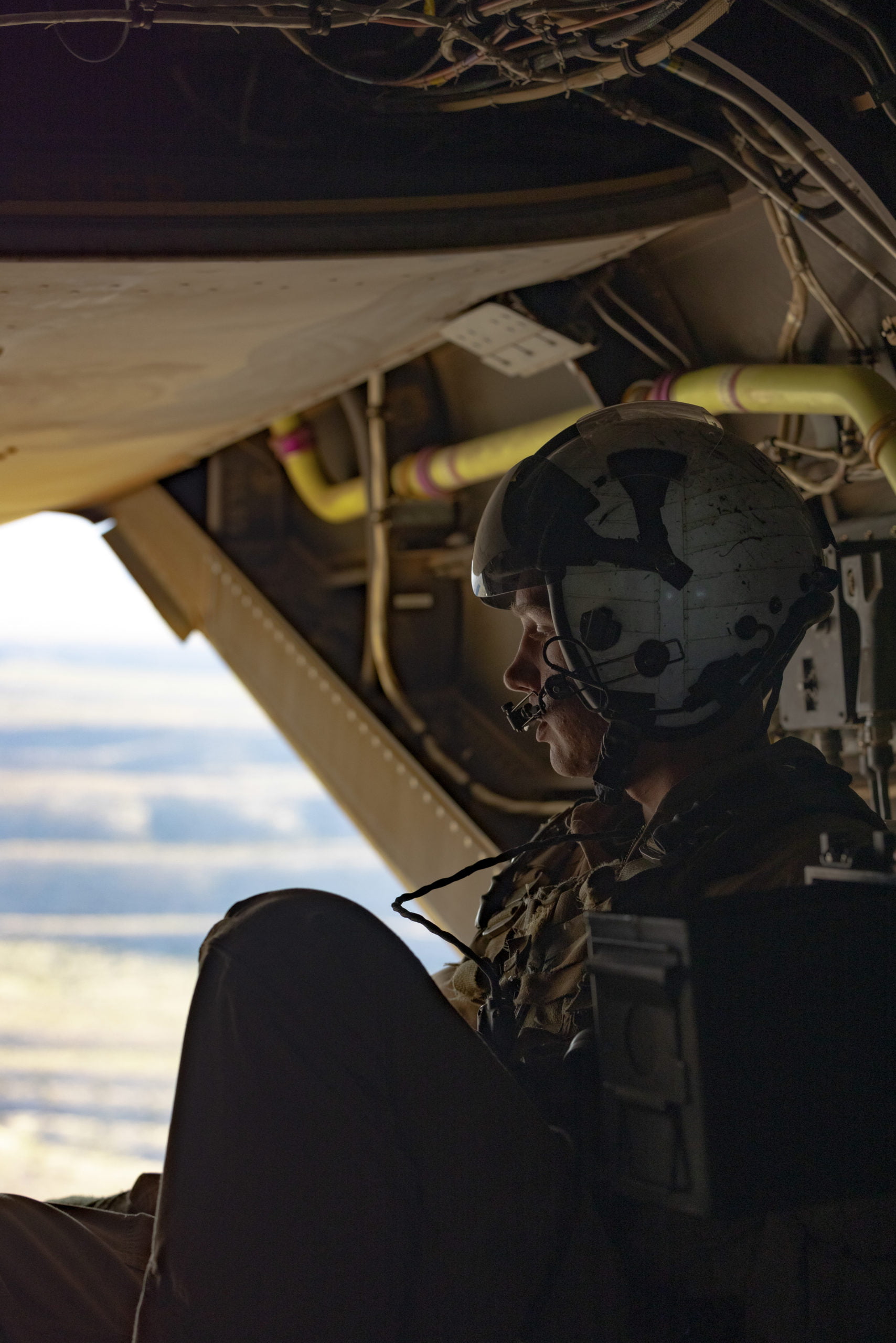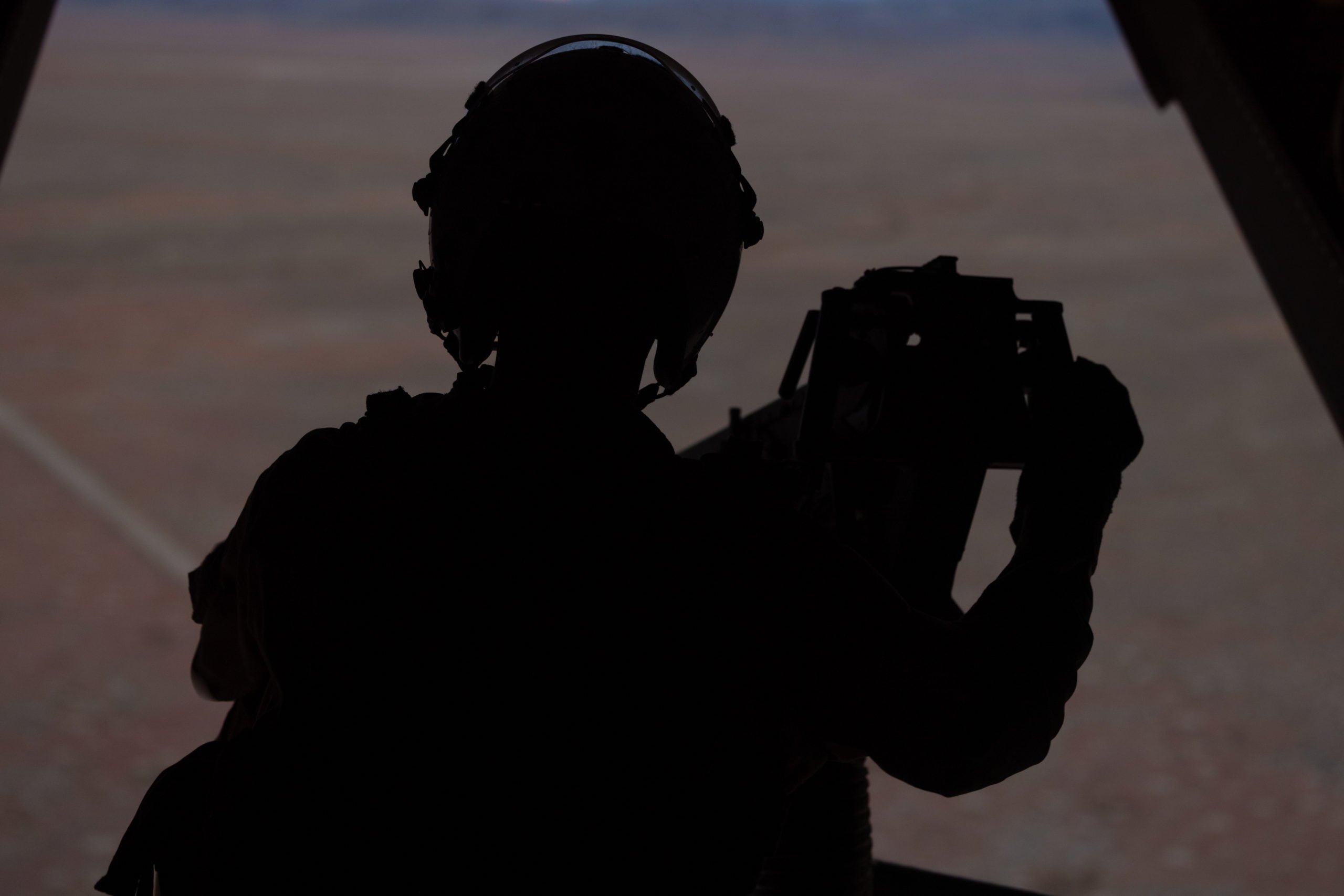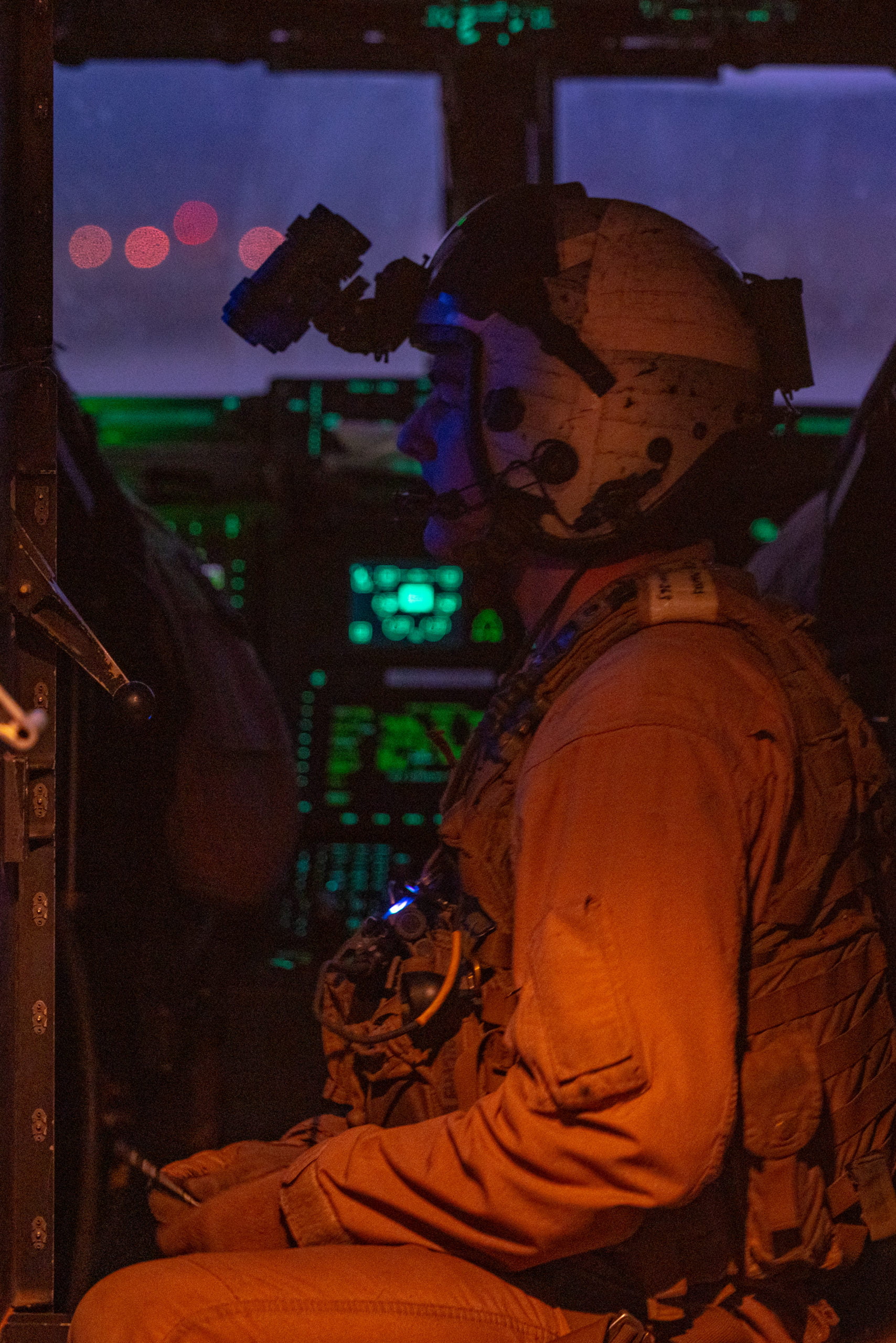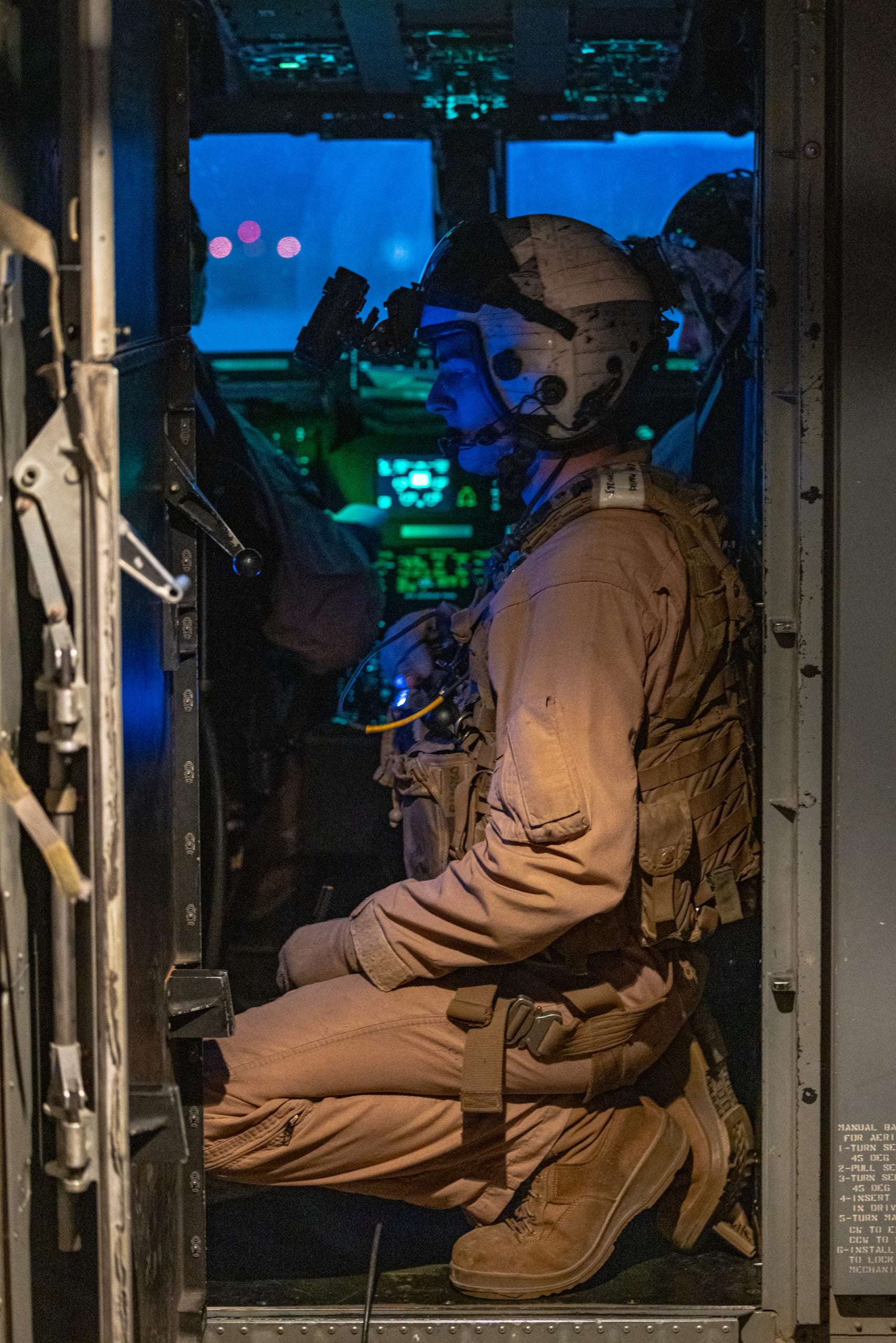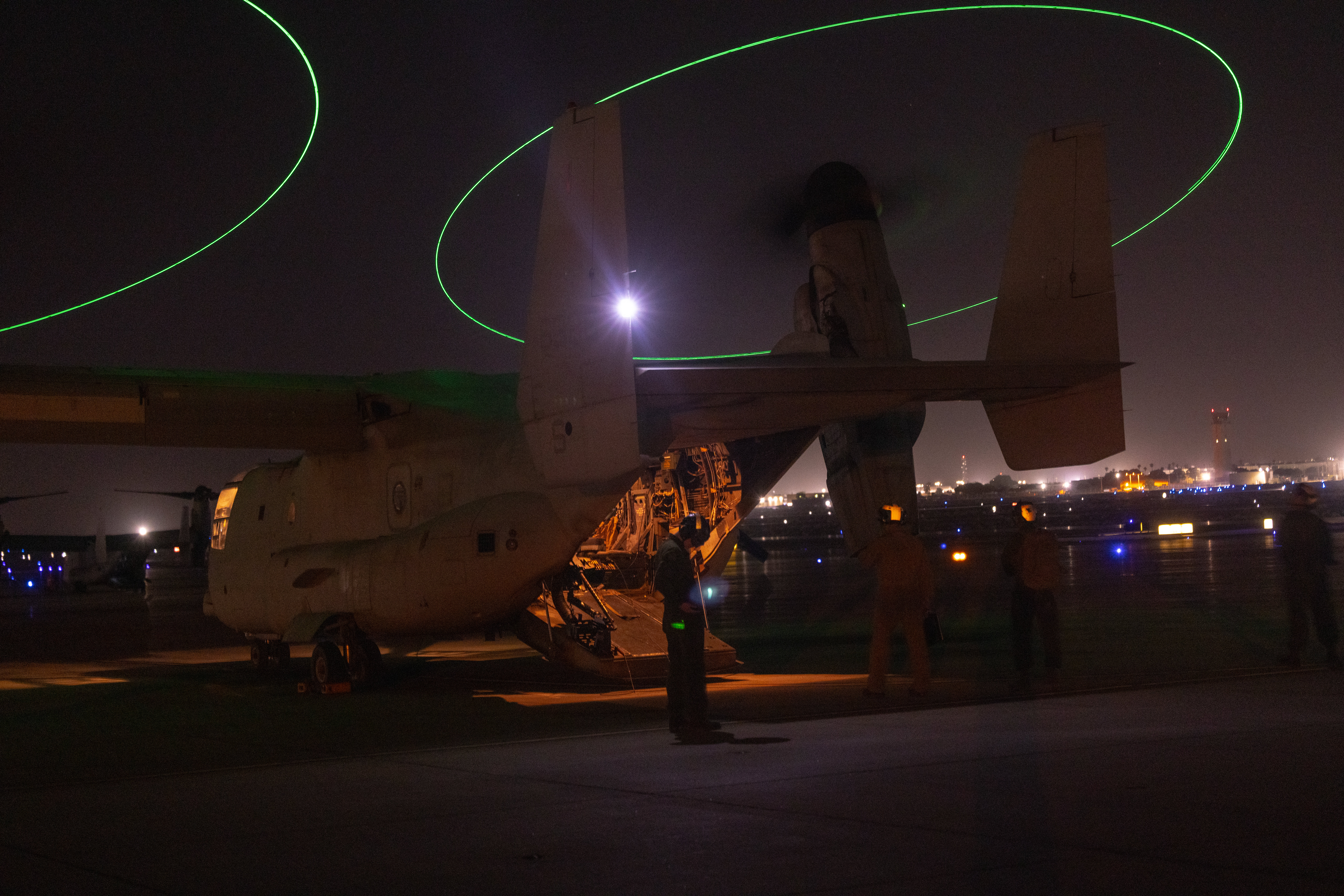By Pierre Tran
Paris – The French, German and Spanish air force teams have trimmed down a shortlist of architectures for a European Future Air Combat System to four from five, French air force major general Jean-Luc Moritz said Nov. 9.
The air force officers were working in close cooperation on selecting the core concept for FCAS, seeking to narrow down the list to two by next June, leading to a “final selection” of the architecture by March 2025, he told the association of aeronautic and space journalists (AJPAE), a press club.
The air force team set a speed record in slimming down the architecture options, he said, with a selection process starting in April and the officers cutting the list by June 21.
The industrial partners submitted in September 2020 five options for the overall architecture, with the partner air forces to decide what would serve as the basis for the FCAS program.
The officers started physical meetings in March, after the FCAS industrial partners signed a key contract for phase 1B studies in December, allowing the air combat project to go ahead.
Belgian officers attended two or three meetings, acting as observers rather than full partners, as Belgium asked to join the FCAS project.
Once the overall architecture is selected, the companies working on FCAS can further develop core elements of the air system, namely New Generation Fighter, Remote Carrier drones, and a combat cloud that make up the Next Generation Weapon System (NGWS).
A combat cloud seeks to deliver a large, secure network of high bandwidth allowing command and control for allied manned and unmanned aircraft, warships, and land weapons through connectivity.
The aim was to develop and fly a technology demonstrator for a new fighter and drones in 2029 under FCAS phase 2, which gets under way in 2026.
Officers working on the selection process were applying the architectures to 11 tactical scenarios, or “mission vignettes,” to see how they met the tactical requirements, Moritz said.
Those scenarios included first entry into a contested environment, close air support, operations at sea, and air police missions, he said, with “classic” selection criteria such as effectiveness, cost, and rate of loss.
The request was for the industrial partners to submit distinctive options for the architecture, leading the air force team to decide just what kind of system they wanted.
The study of the architectures on simulators raised discussion such as the right number of missiles and size of the arms bay, he said, but what was clear was the new fighter would weigh less than the 20-22 tons estimated in the joint concept study.
Interconnection with combat clouds of allies was seen as a critical element.
It was important the architecture should be open enough to allow exchange of data with allies, so the various aircraft platforms could share information, as in operations over Syria, he said. But there were security and sovereignty issues, and the question was where to place the cursor on the cooperation line.
On the openness of future architecture, he talked of his trip to Washington D.C. a couple of weeks ago, and he pointed up the ability to exchange files with U.S. officers despite the use of Lenovo and Apple laptops, which use different operating systems. The internet protocol allowed that sharing of files, which illustrated the need for interoperability for allies.
Such open architecture would be welcome on allied fighters and their combat clouds, he said, otherwise each air force will be flying in closed combat clouds rather than working in a collaborative network.
That cooperative combat cloud was “extremely complicated,” with plenty of work to be done, and Nato was the right forum to discuss that collaborative approach, he said.
“But I am rather optimistic,” he said.
By 2030, there will be some 500-600 F-35 fighters flying in Europe, with the Eurofighter Typhoon, Gripen, and Rafale making up around 1,000 between them, he said.
On the French project to build an unmanned combat aerial vehicle to fly with a planned Rafale F5 version, he said that combat drone was planned for 2030, while the FCAS project for a loyal wingman remote carrier and the new fighter will be based on different technology and will be flying 2040 and out to 2050.
That planned combat drone flying in 2030 will be based on the Neuron demonstrator, which was led by France and built by Dassault in cooperation with European partners in Greece, Italy, Sweden, and Switzerland.
The FCAS project was still in the “discovery” phase, a period of reflection, with all the partner companies exploring the concept of combat cloud, Moritz said.
Moritz said he saw no sign Germany wanted to pull out of FCAS and join the Global Combat Air Programme.
There were good relations with the German officers in the combined project team in Arcueil and the staff working in Saint-Cloud, in the suburbs of the capital, he said.
“The signs I see do not signal Germany pulling out of FCAS just now,” he said, answering a question on a recent article in The Times of London, which said Berlin wanted to join the GCAP project.
Britain, Italy and Japan are partners on the GCAP, seeking to build a new fighter based on the Tempest project, with entry into service planned for 2035. Saudi Arabia is keen to join that project, but Japan is reported to be reluctant to have Riyad joining the team.
A formal agreement on Belgium gaining observer status was expected to be signed by the end of the year, Moritz said, and Brussels could join in 2026 when phase 2 got under way. He welcomed the eventual entry of Belgium to FCAS, saying the Belgian air force was good news on the operational front.
“I like Belgians in an operation,” he said. “They are present, responsive, extremely dynamic.”
Politically, Belgium’s joining made FCAS more European, Belgian industry would add value, and more funds would flow into the project, he said.
There was a need to maintain air superiority, he said, and the key elements of deciding on FCAS architecture included stealth, manoeuvrability, weapons, and the effect of mass attack.
The latter referred to fielding a large number of drones to overwhelm enemy air defense, to strike, and to collect information, while keeping production cost under control.
The original list of architectures consisted of 10 options, which was slimmed down to five by December 2020. The lockdowns due to the Covid pandemic and a bid by Airbus Defence and Space to win joint program leadership with prime contractor Dassault Aviation effectively held up the project for two years, pushing back the flight demonstration to 2019.
The three partner nations have pledged €3.2 billion for phase 1B, which runs for 3-1/2 years, with an option for a further €5 billion for phase 2.
Airbus D&S for Germany, Dassault for France, and Indra for Spain are the main industrial partners on FCAS, with the Eumet joint venture working on the new fighter engine.


